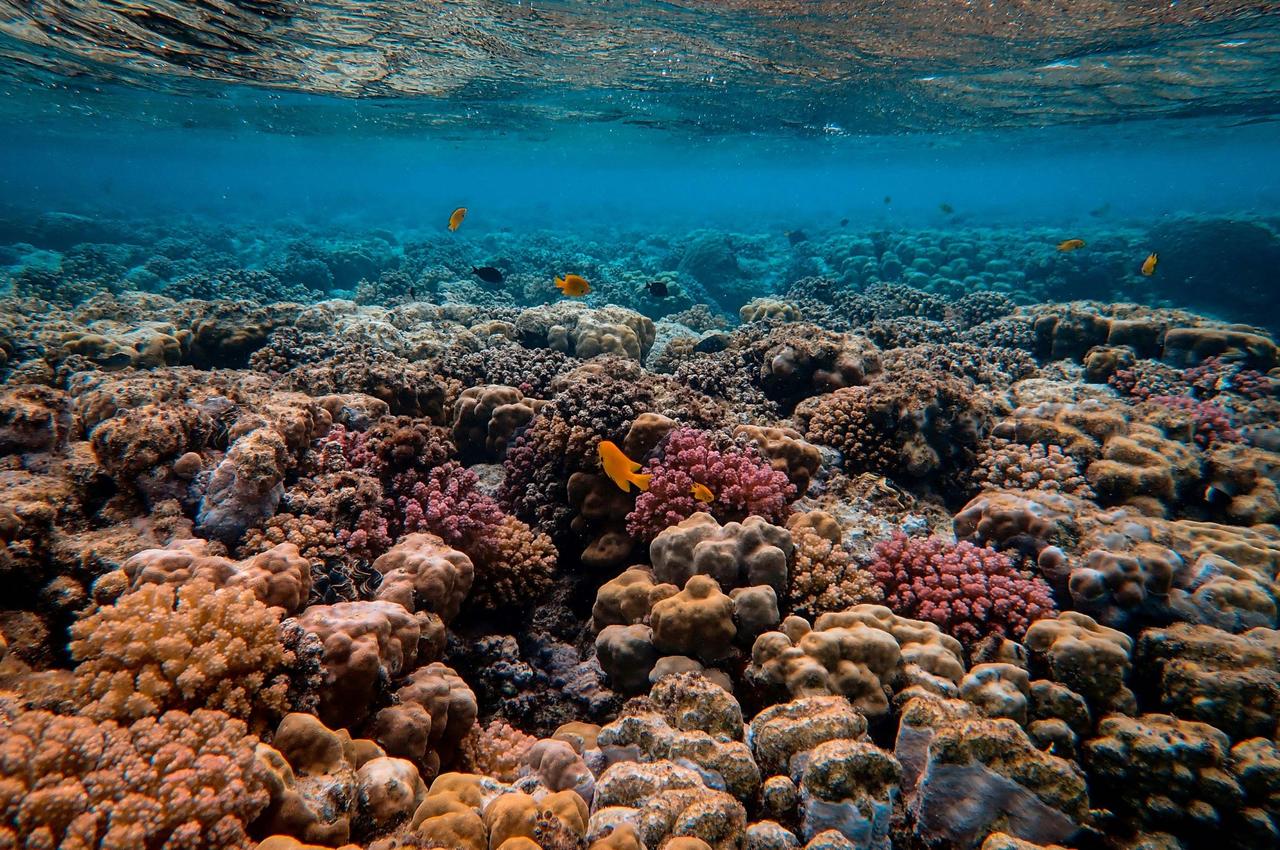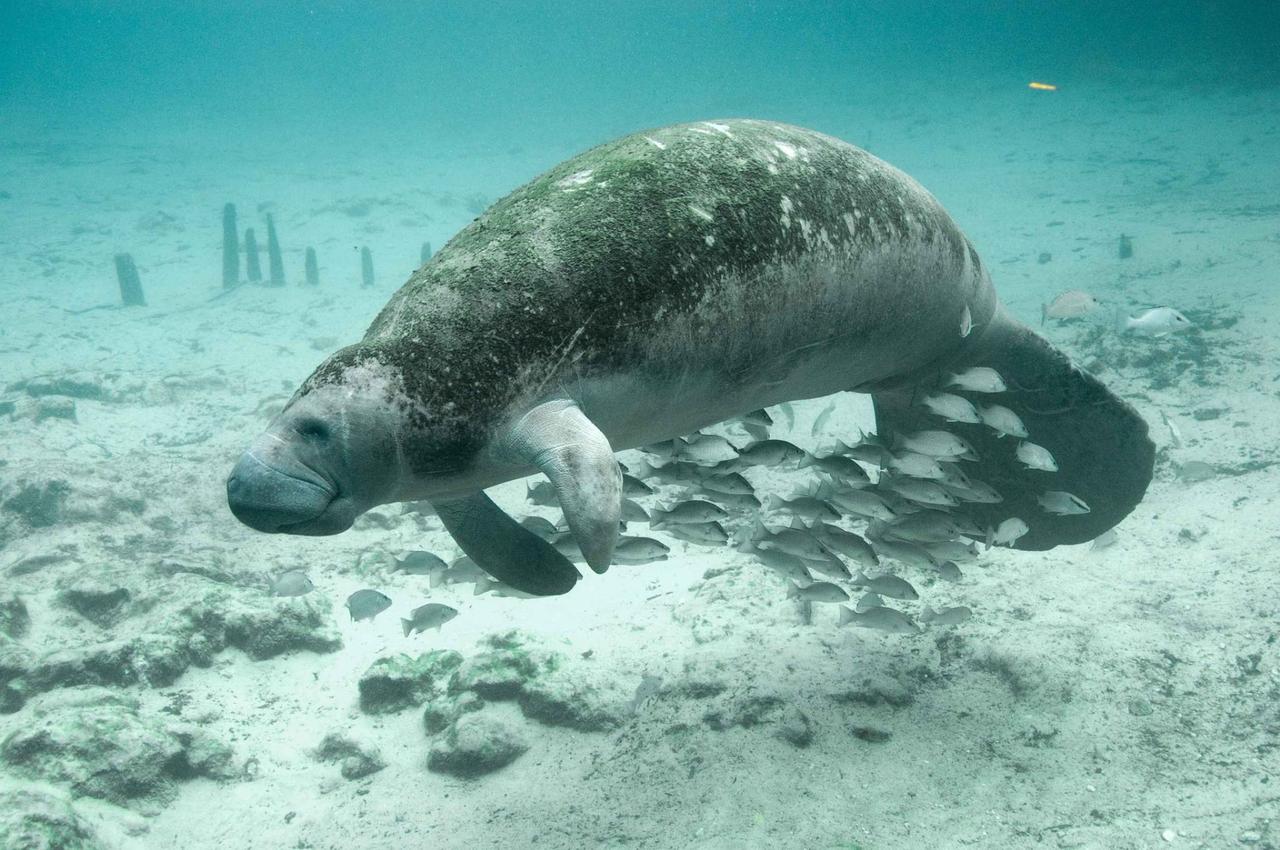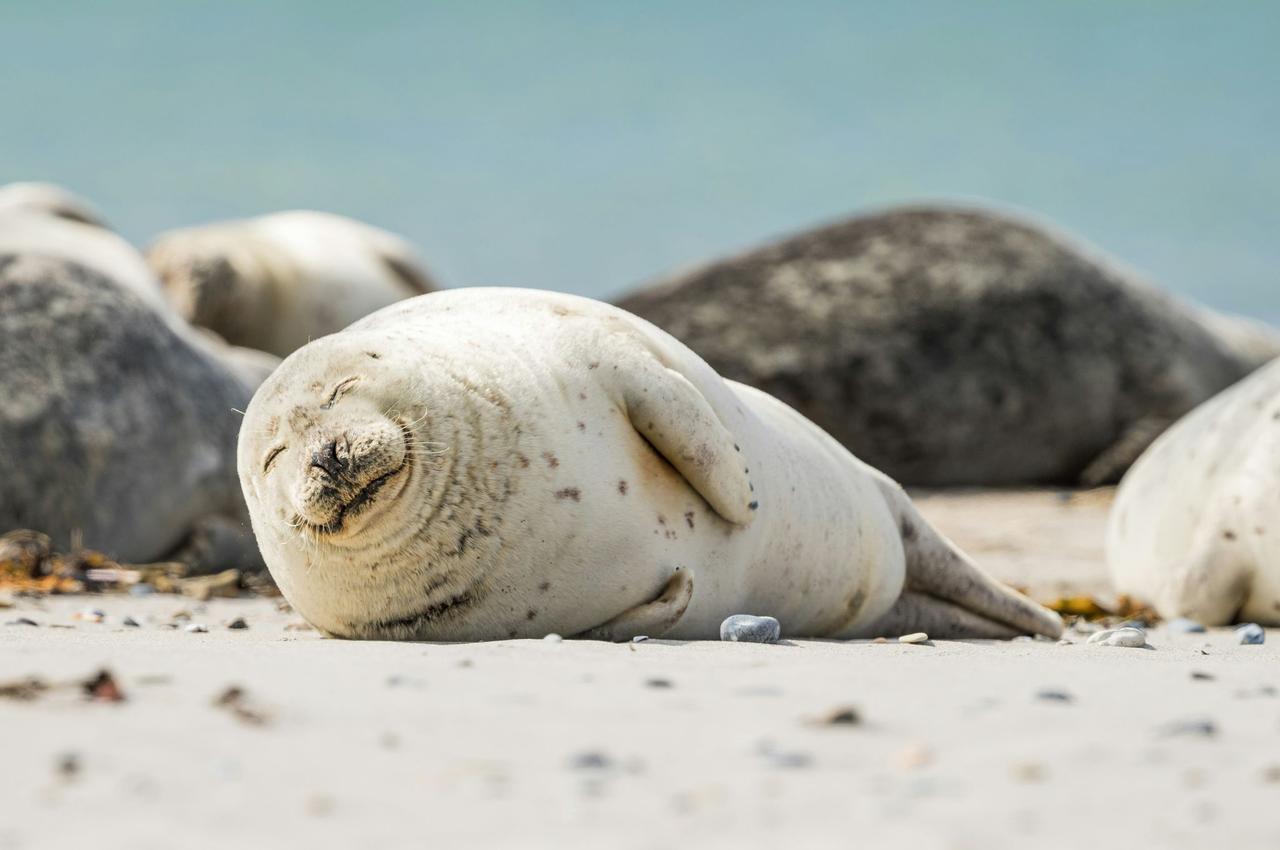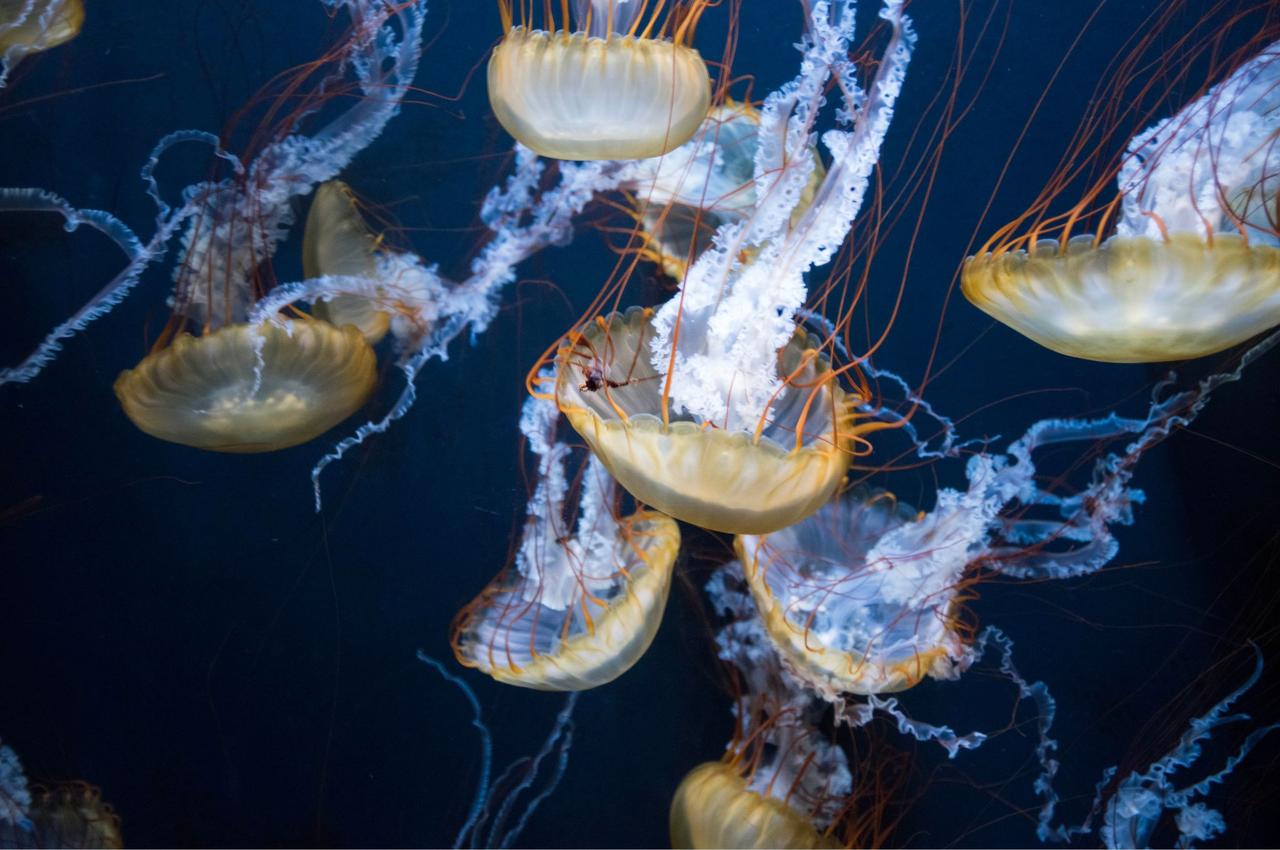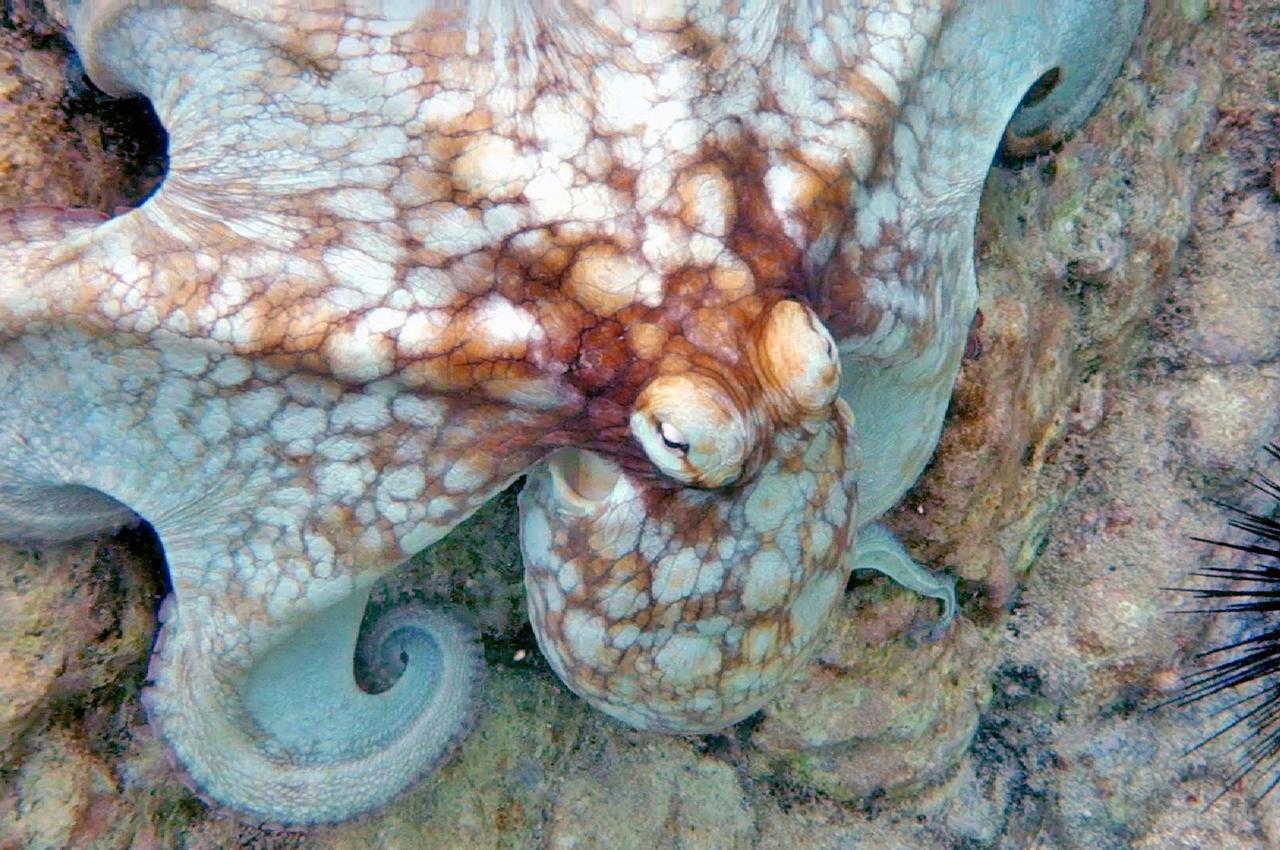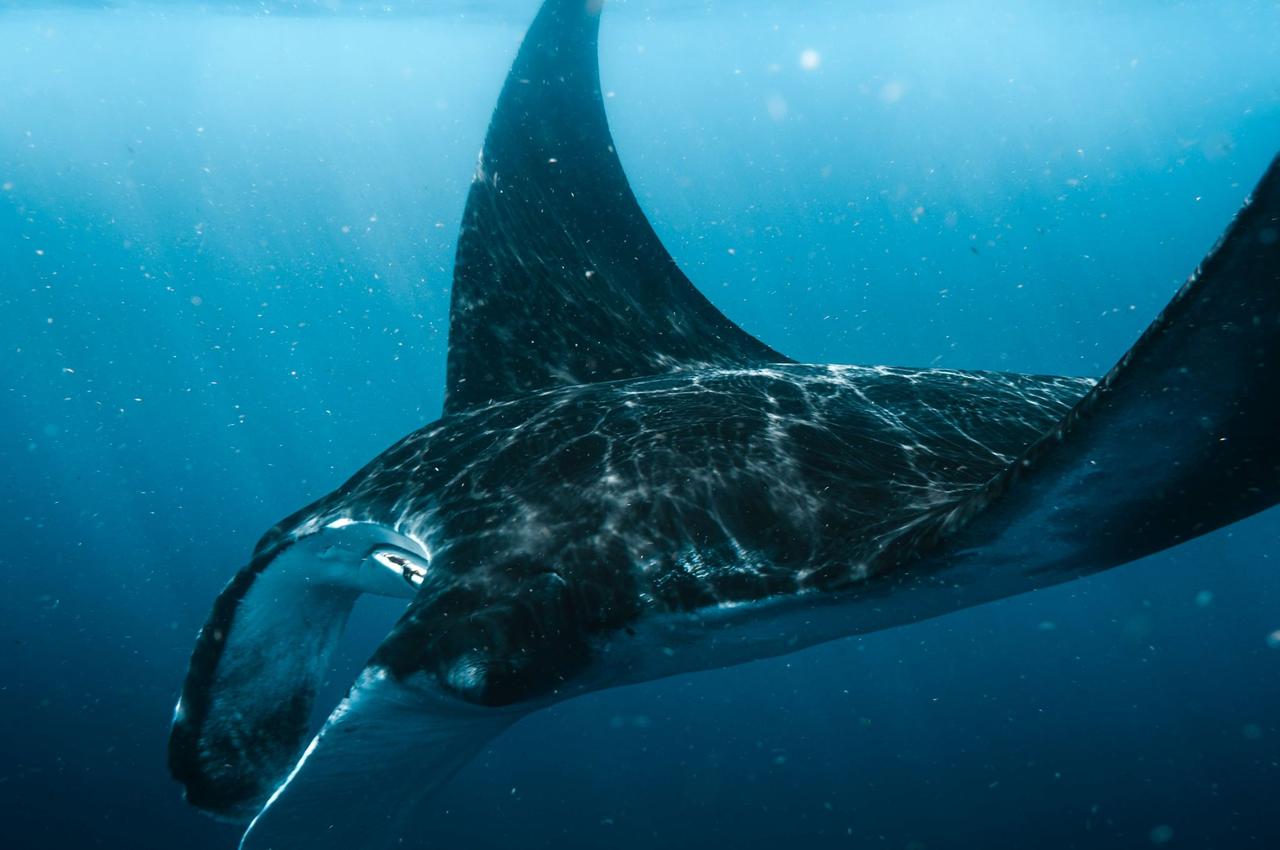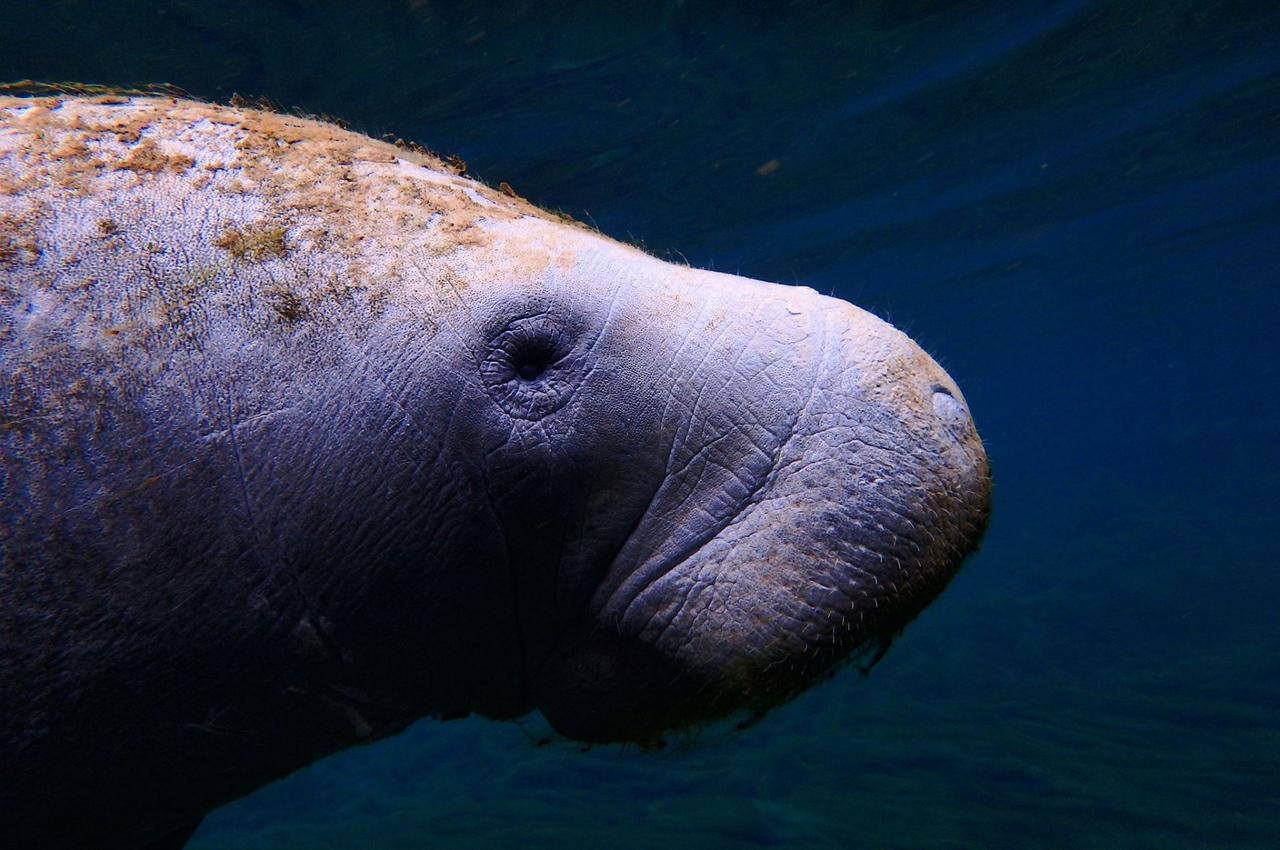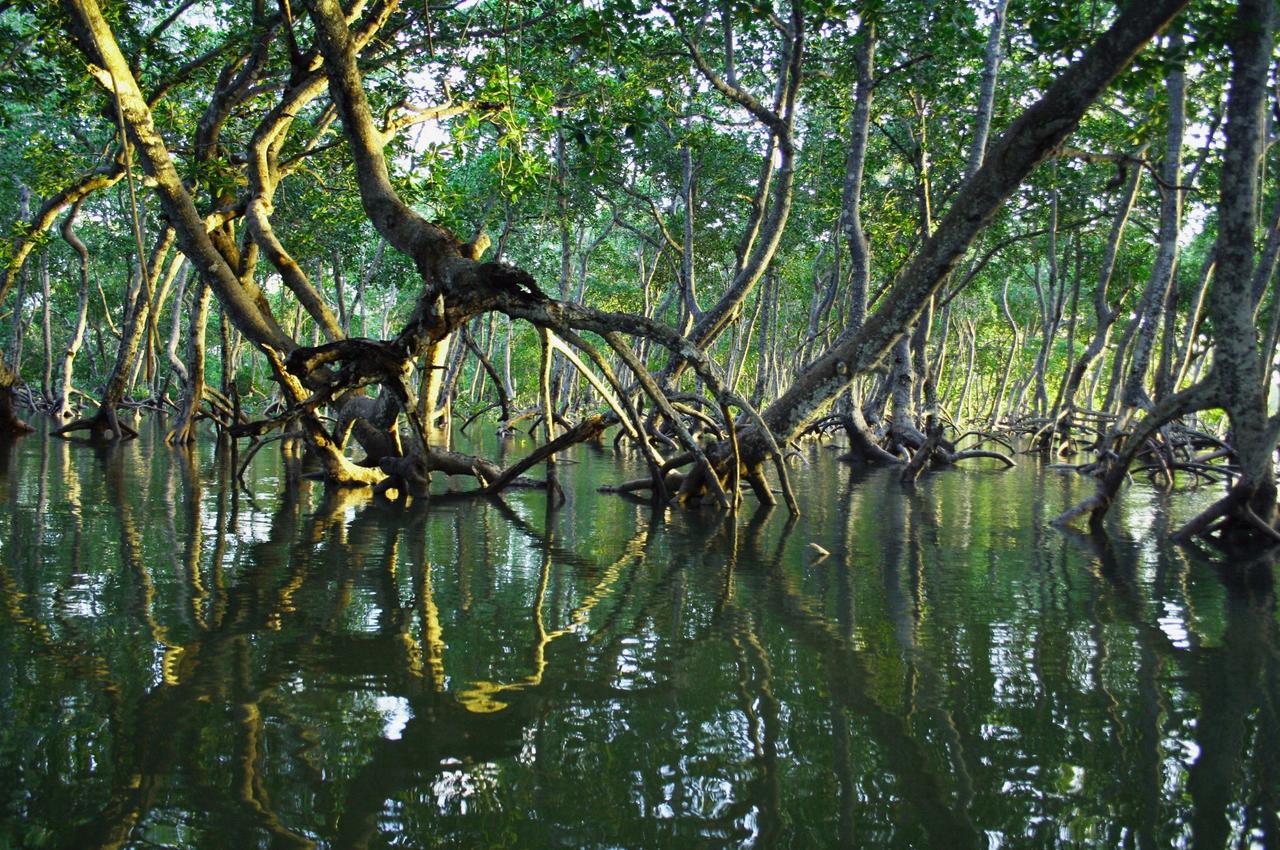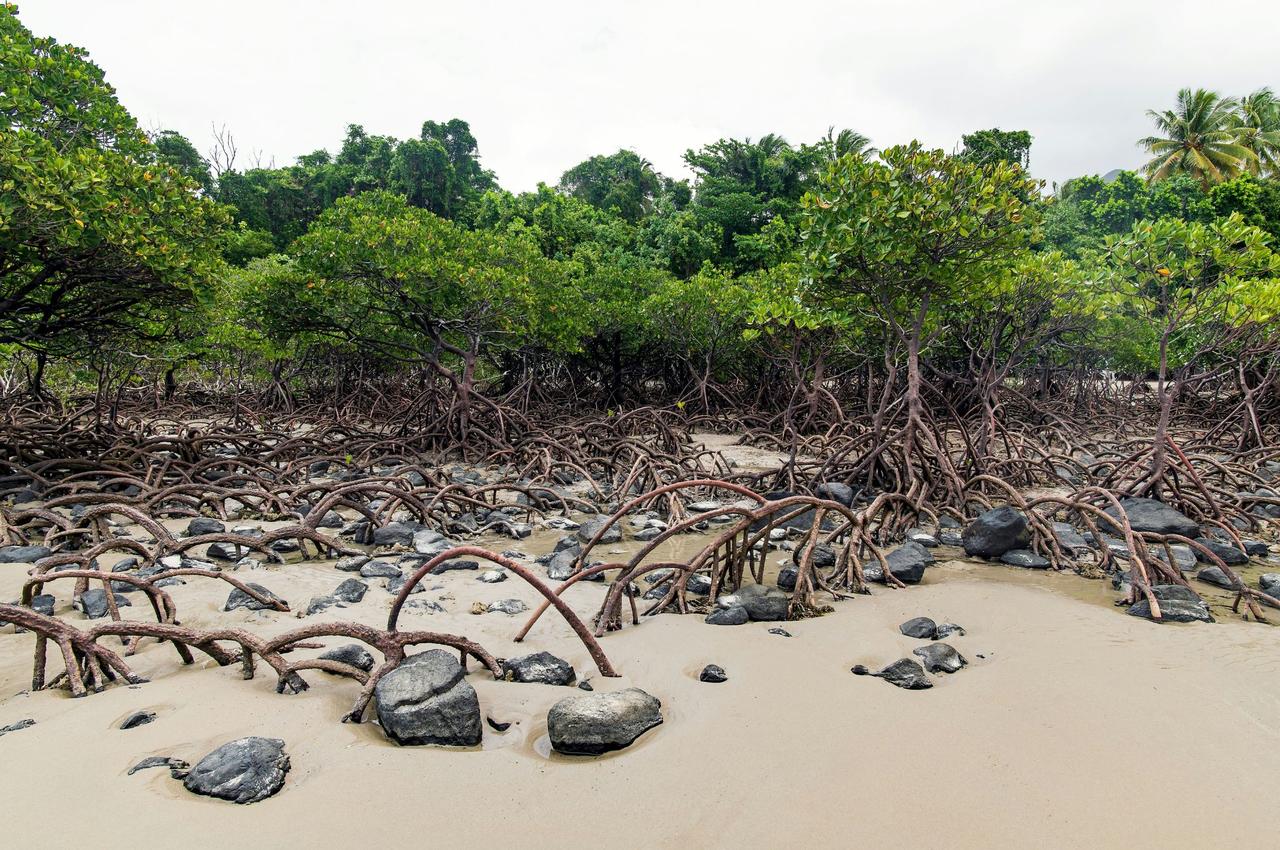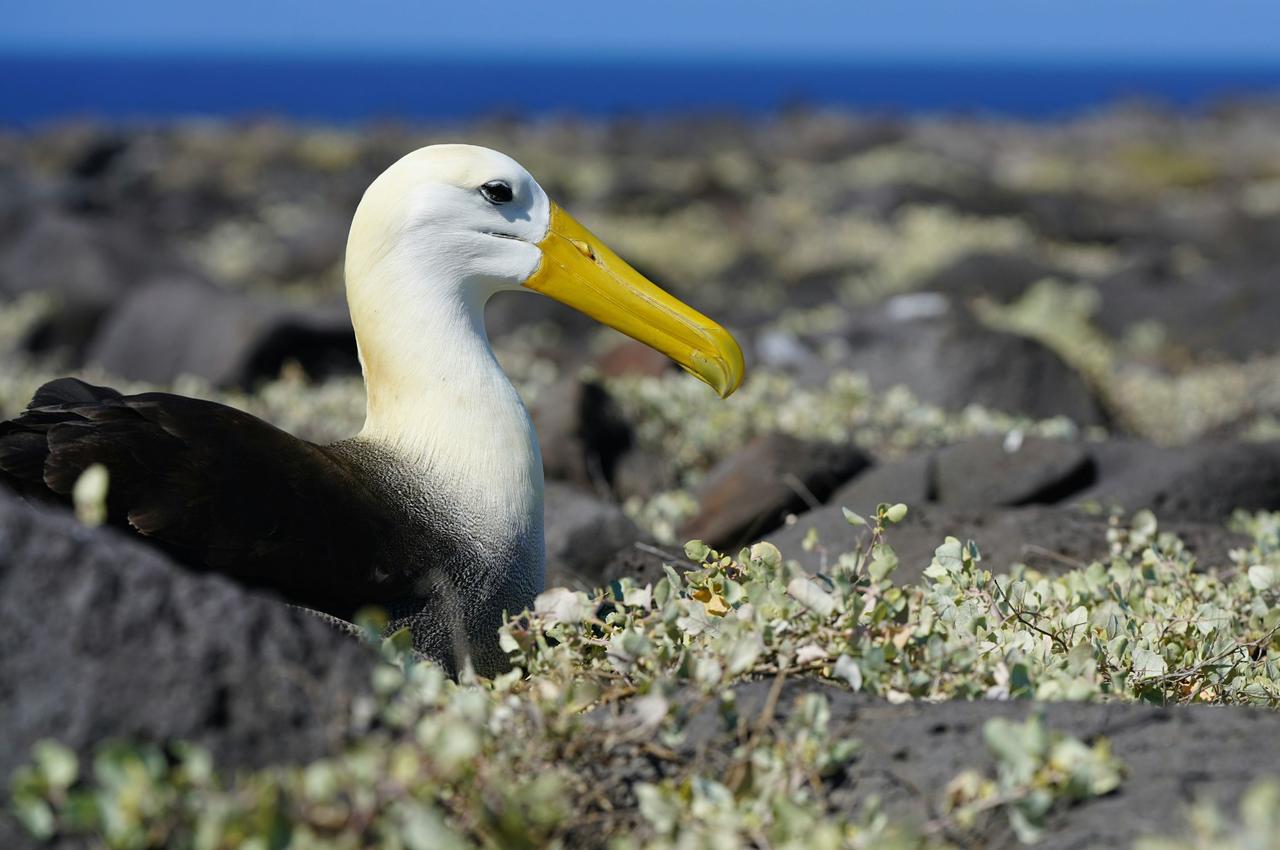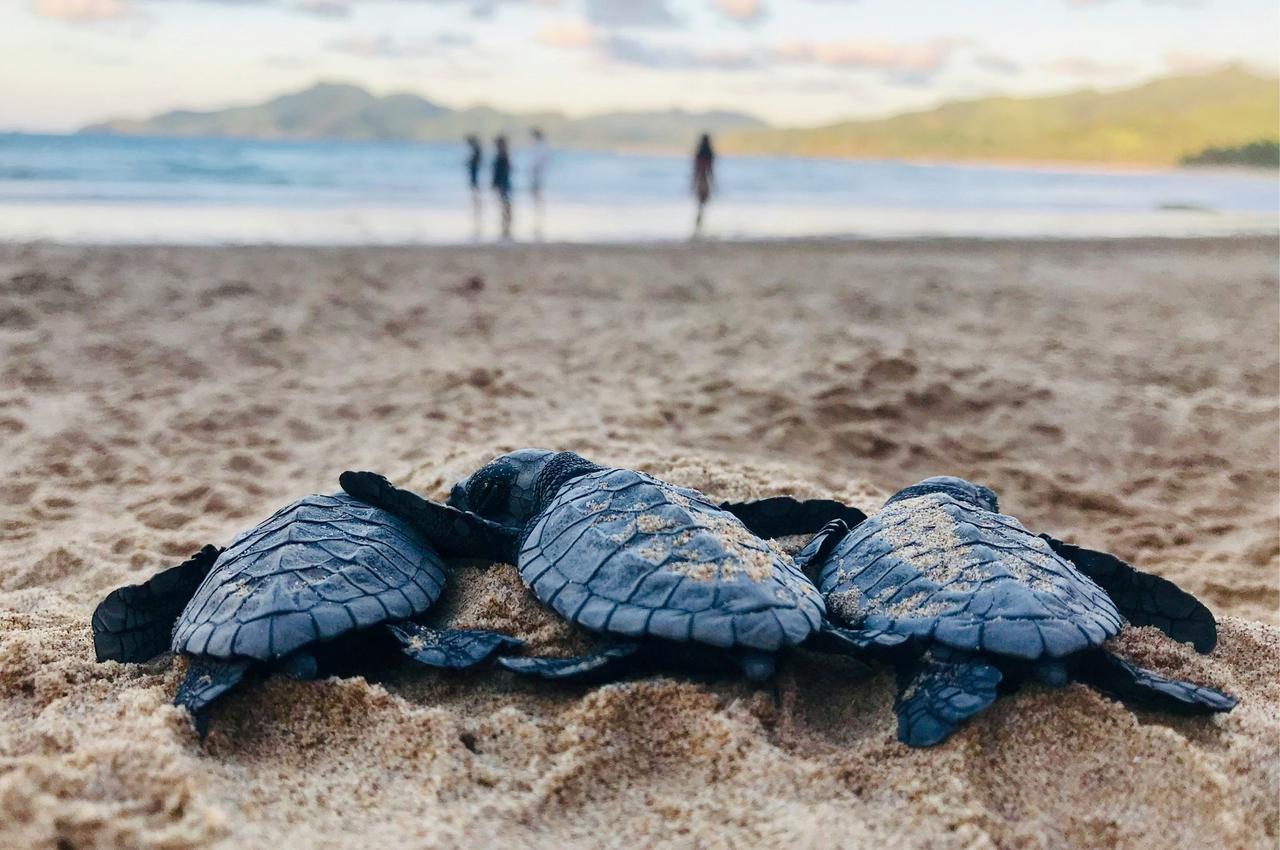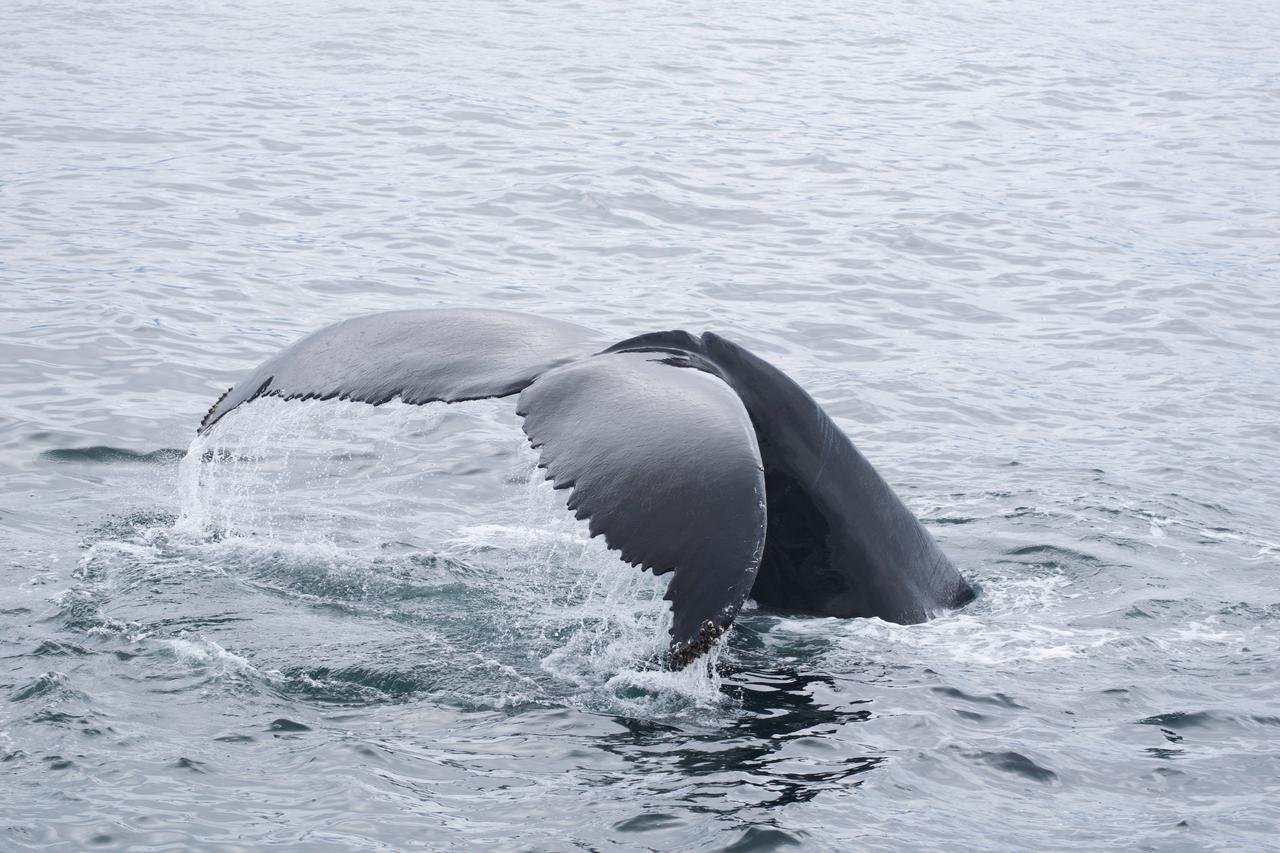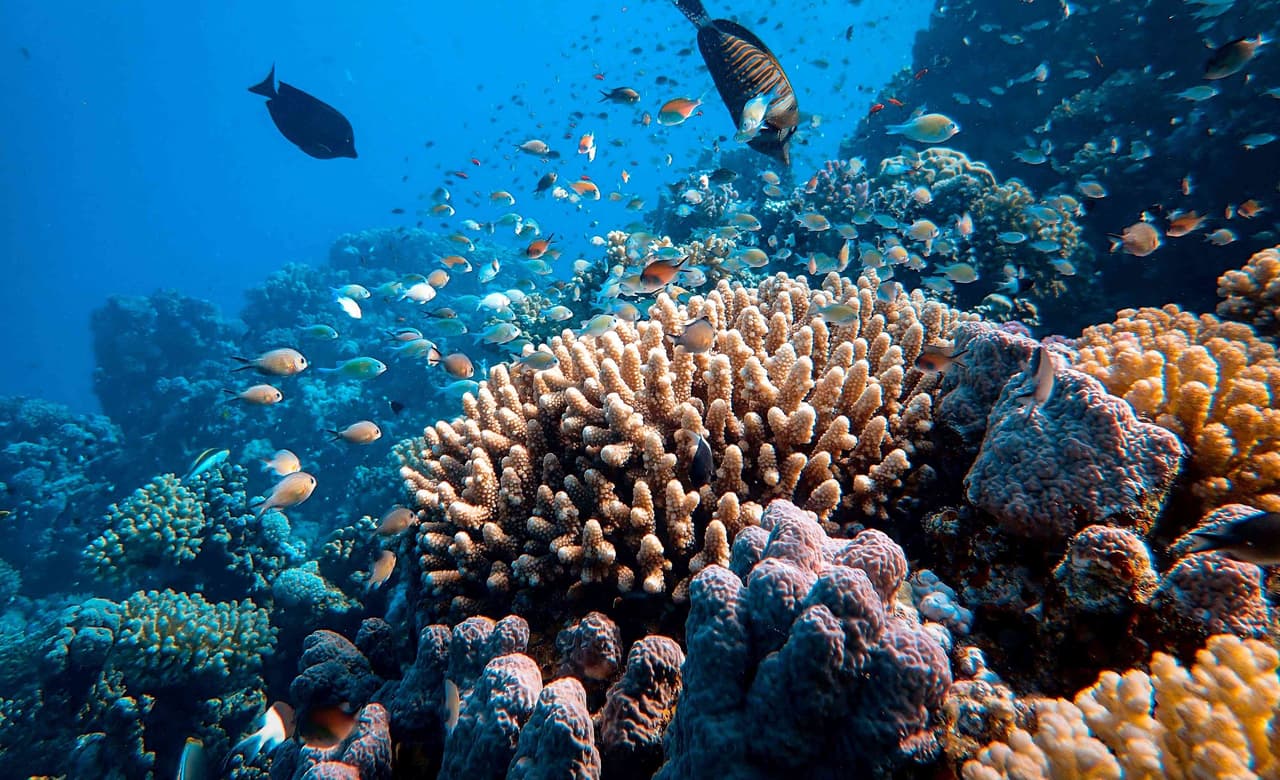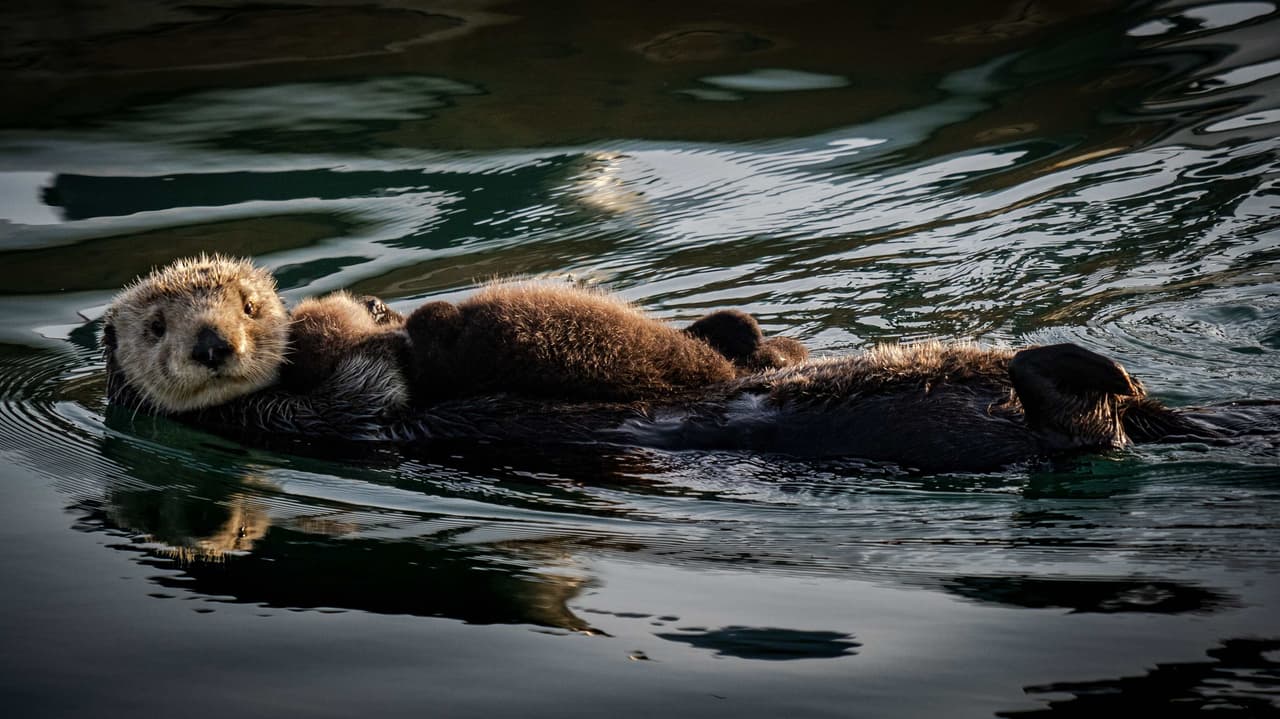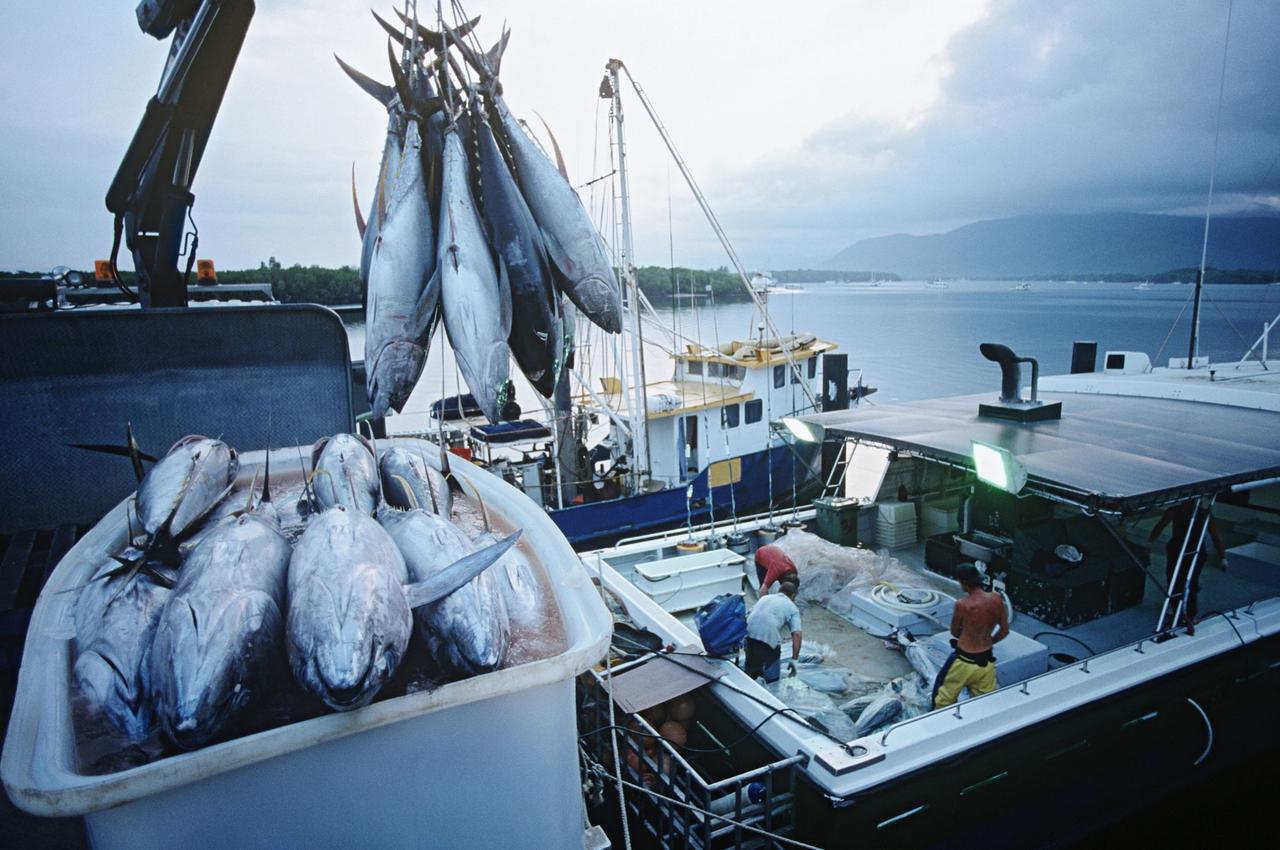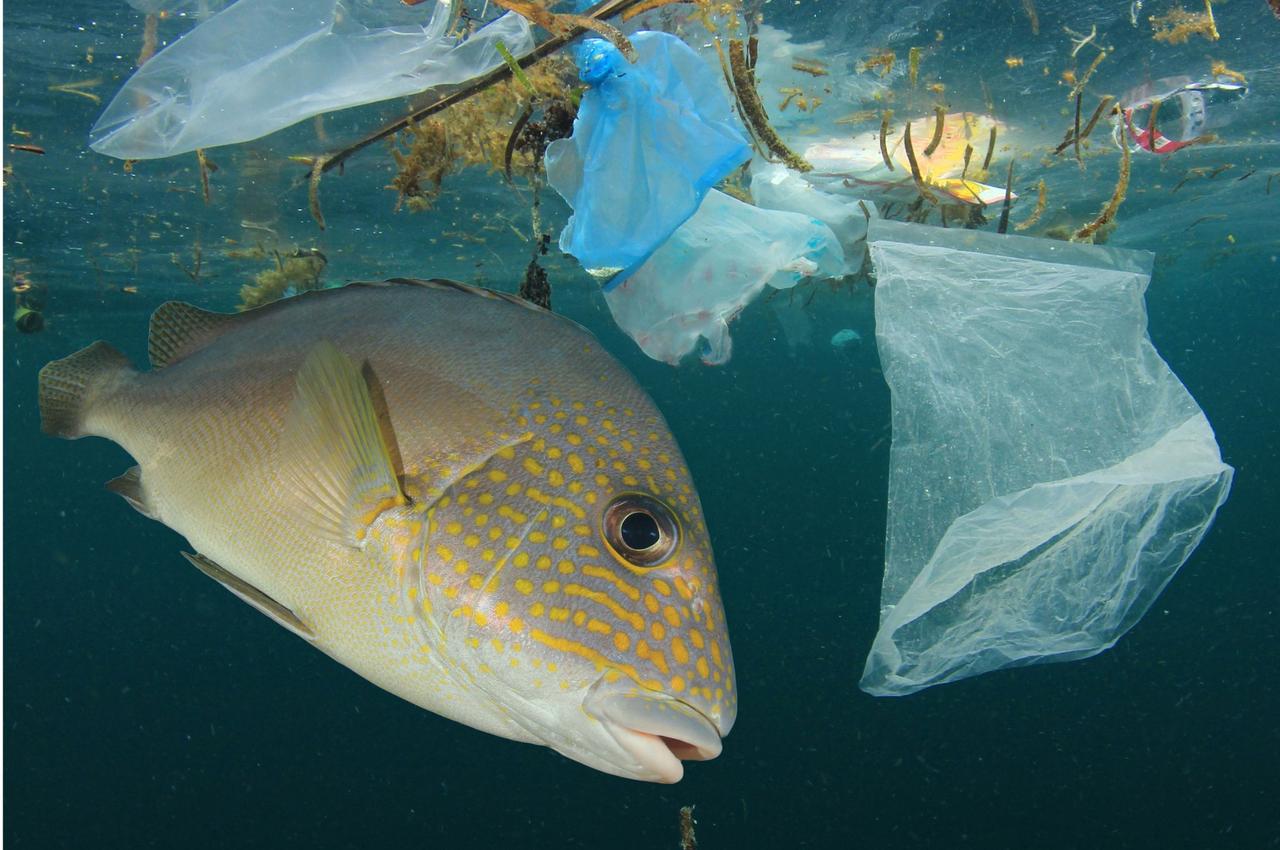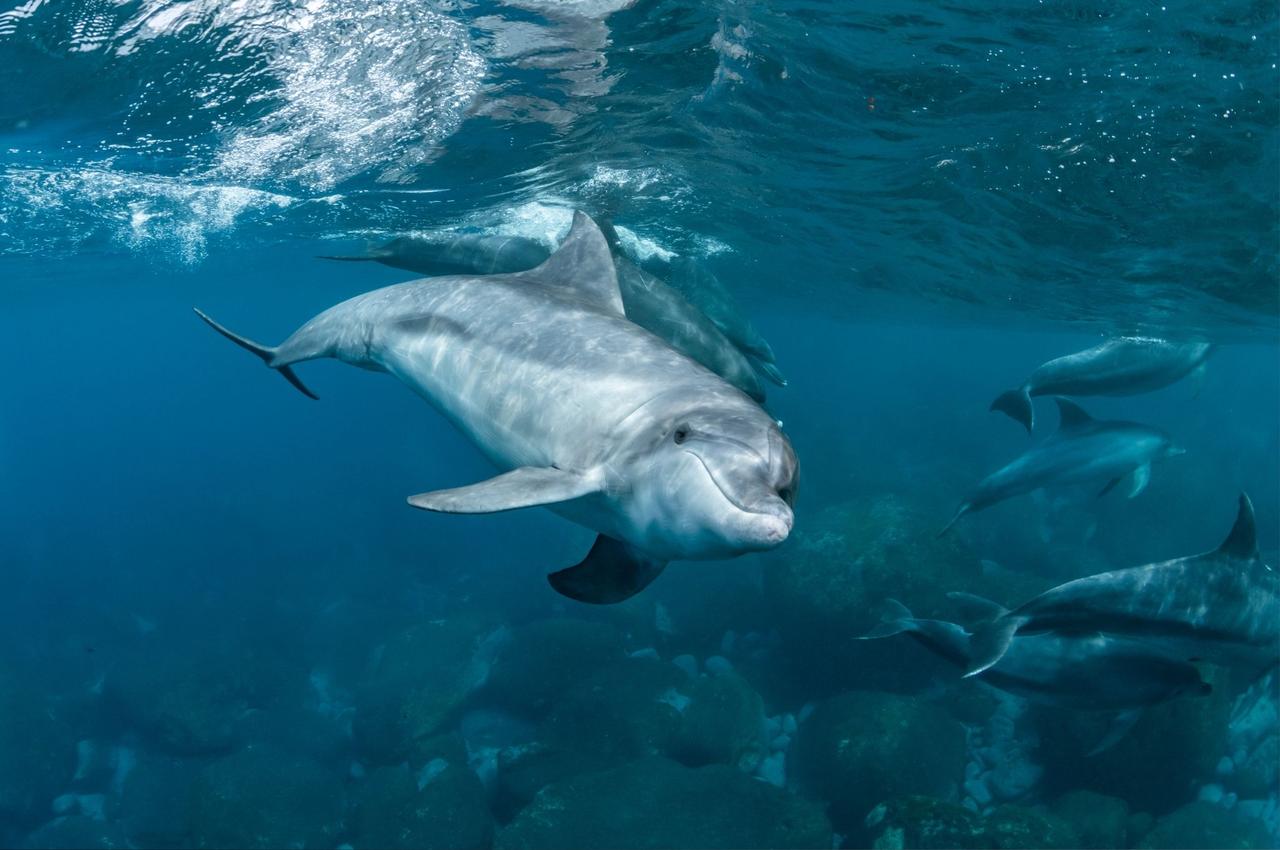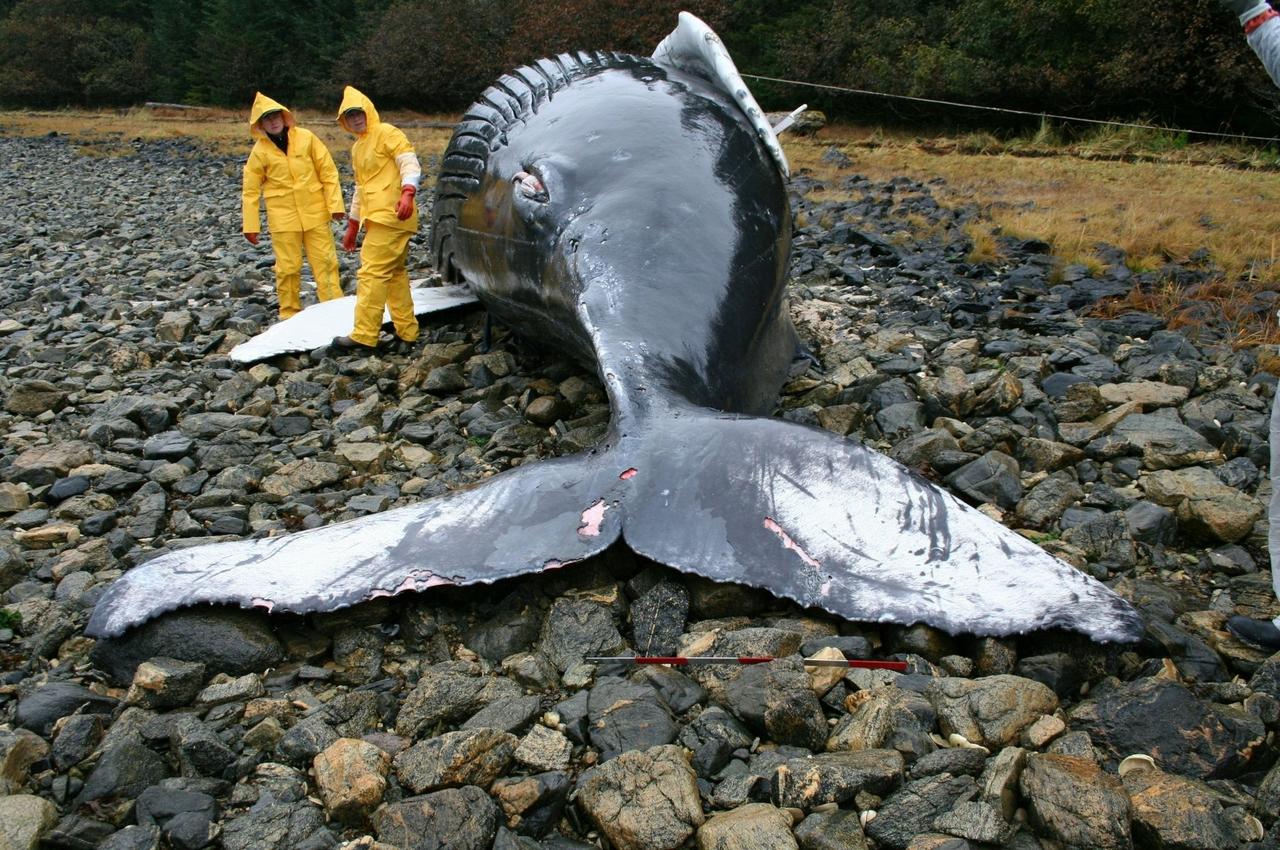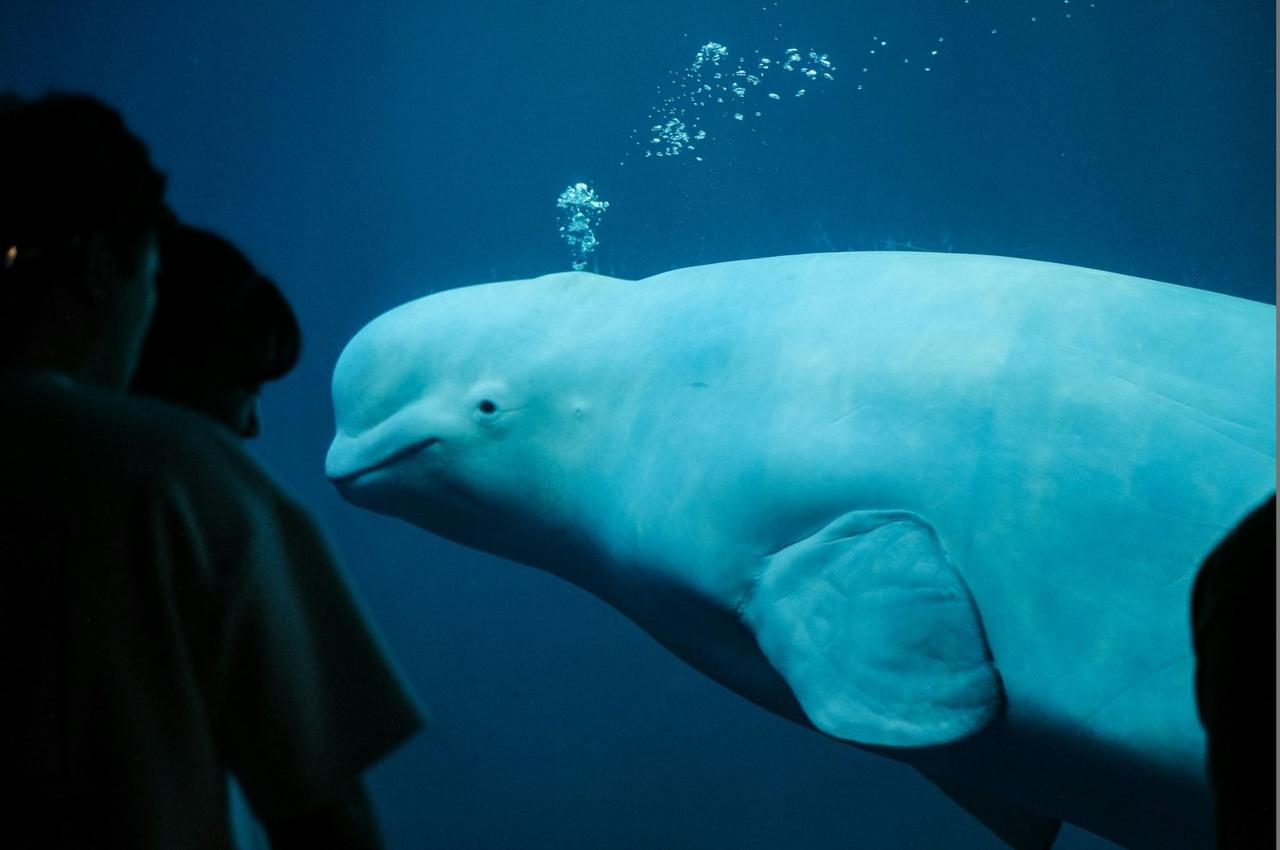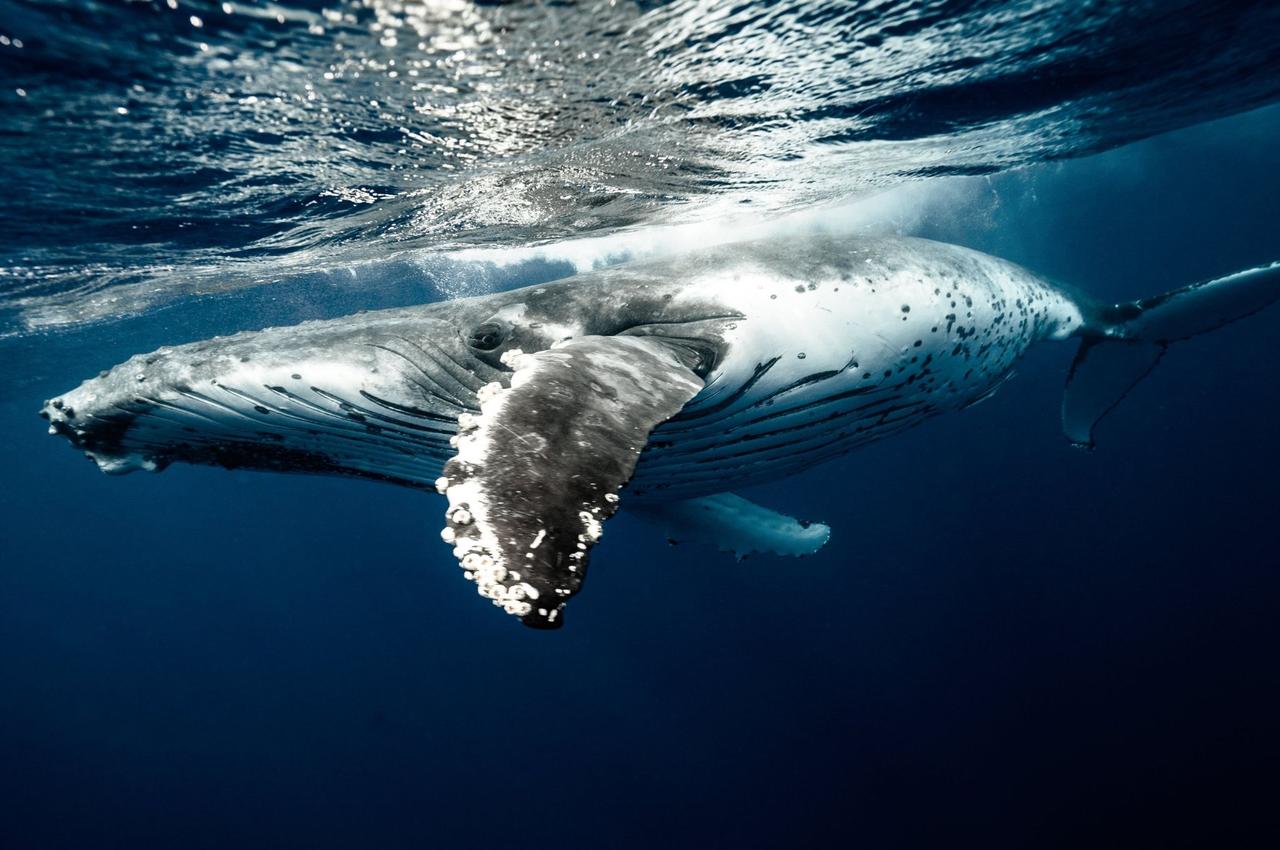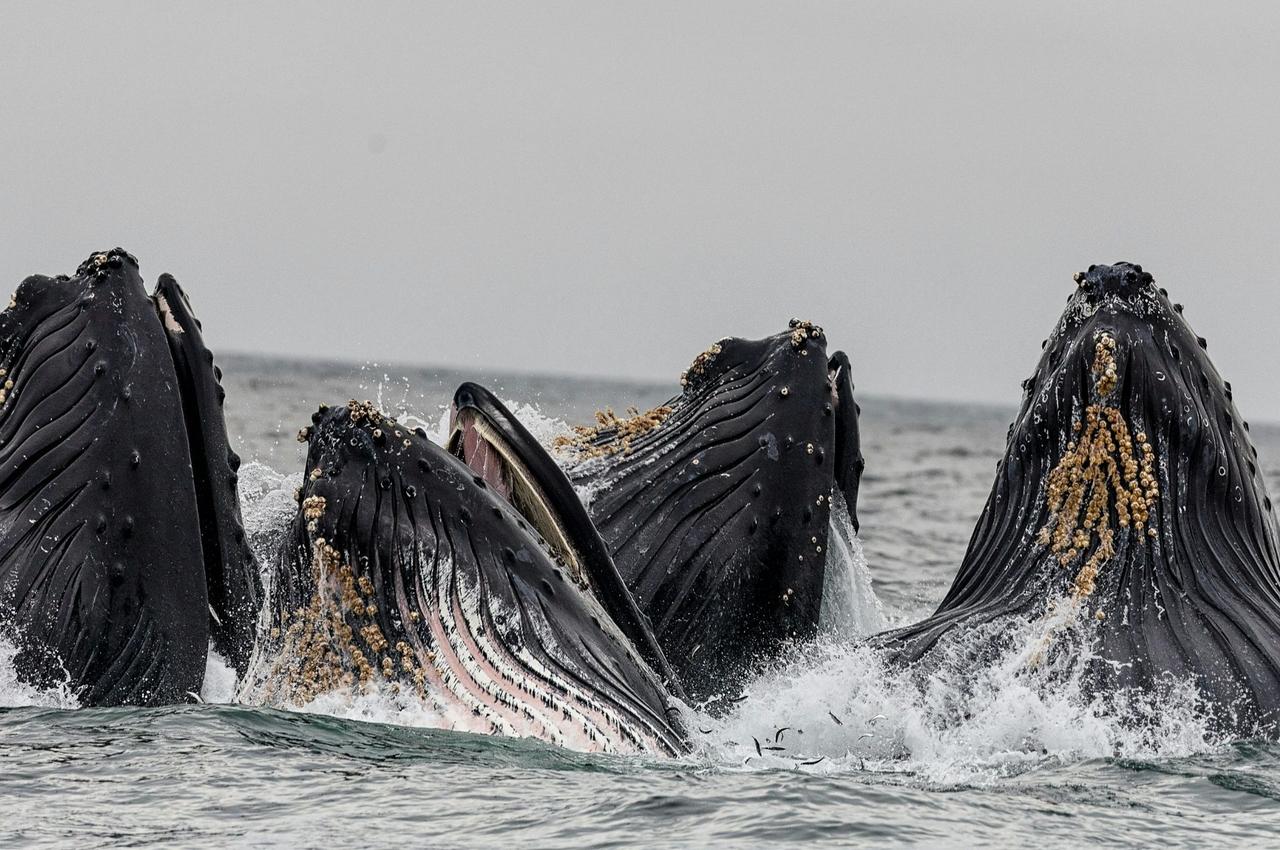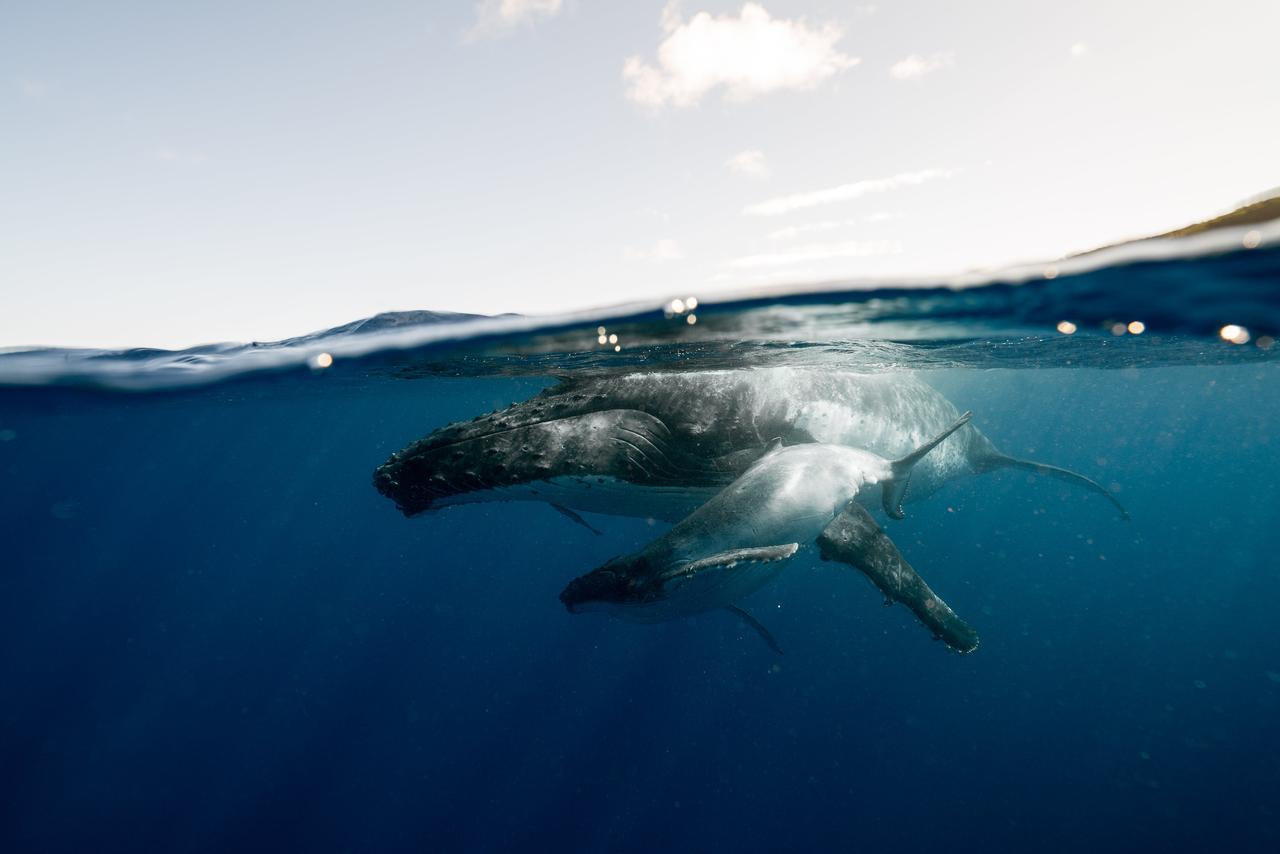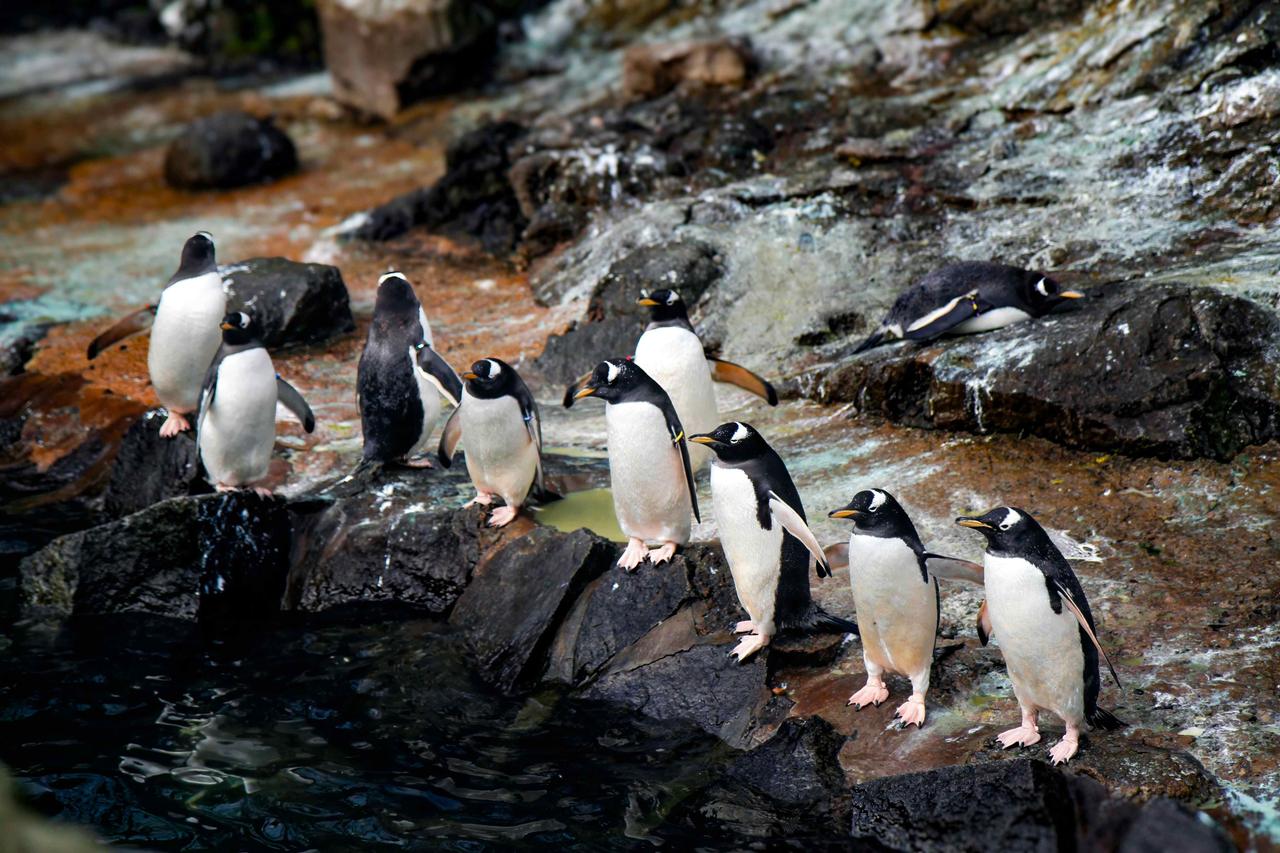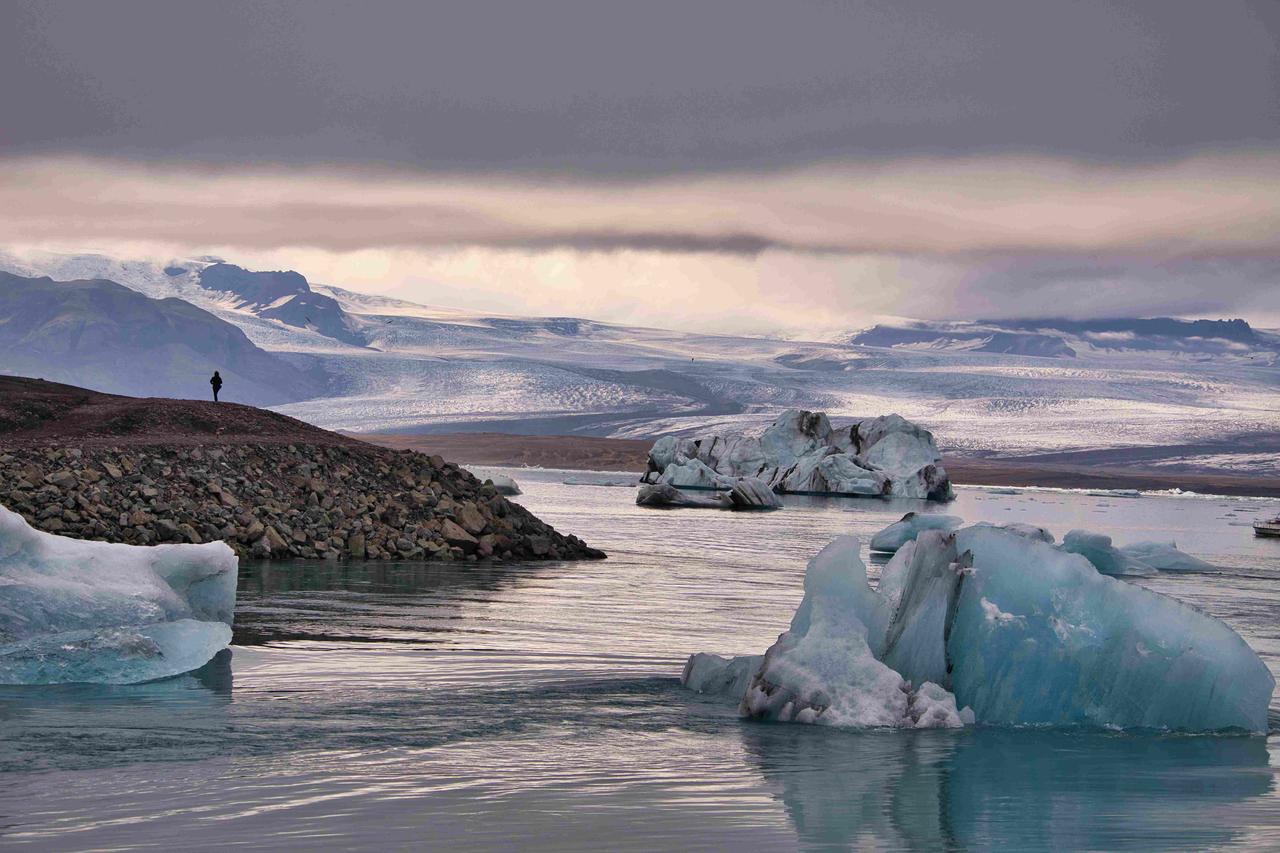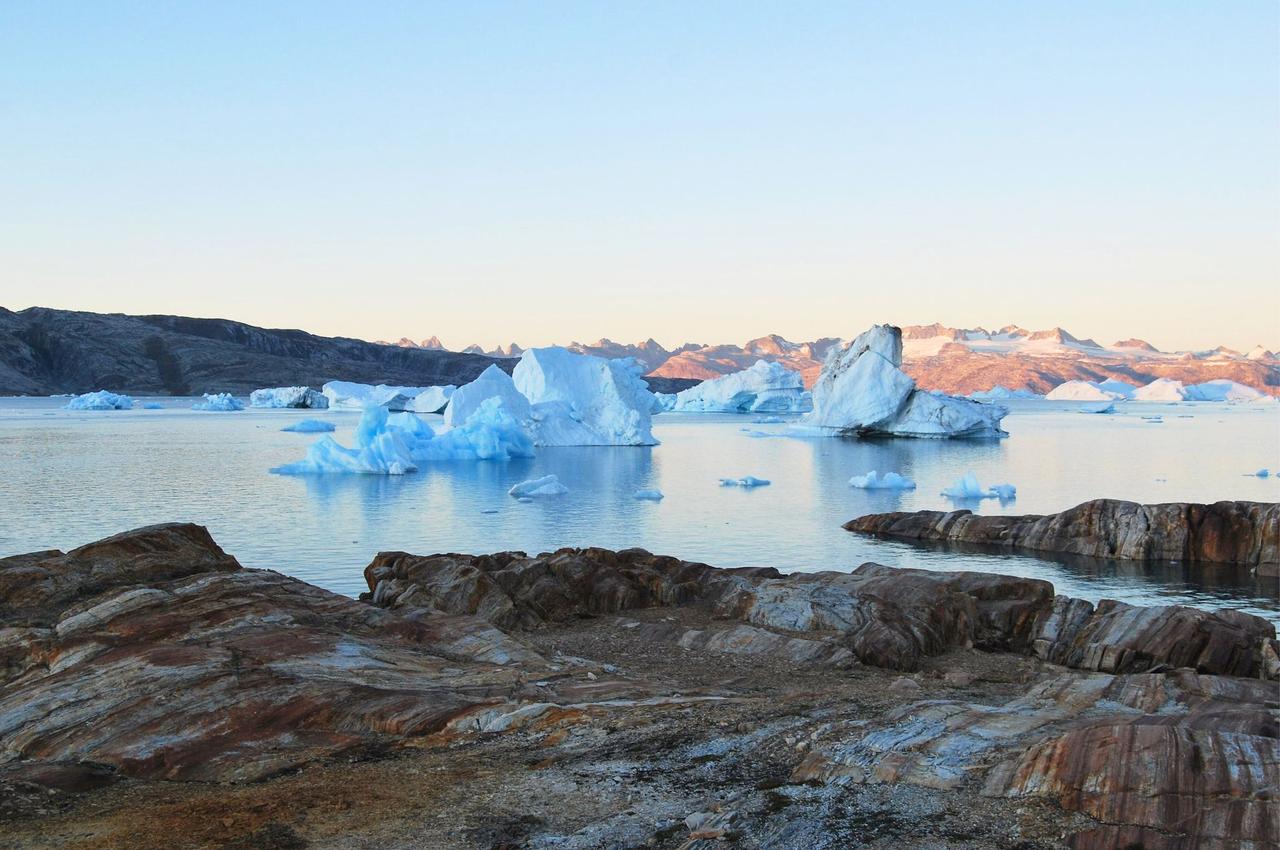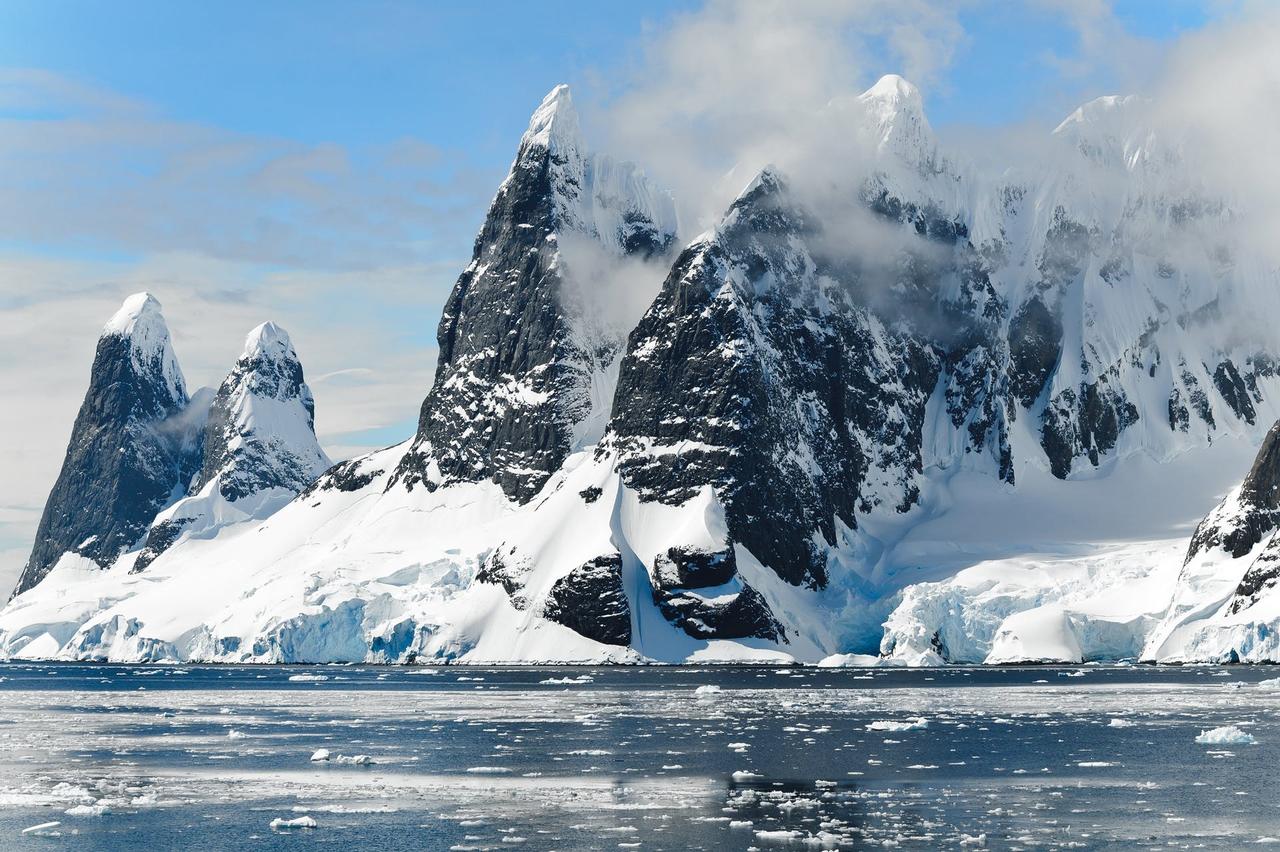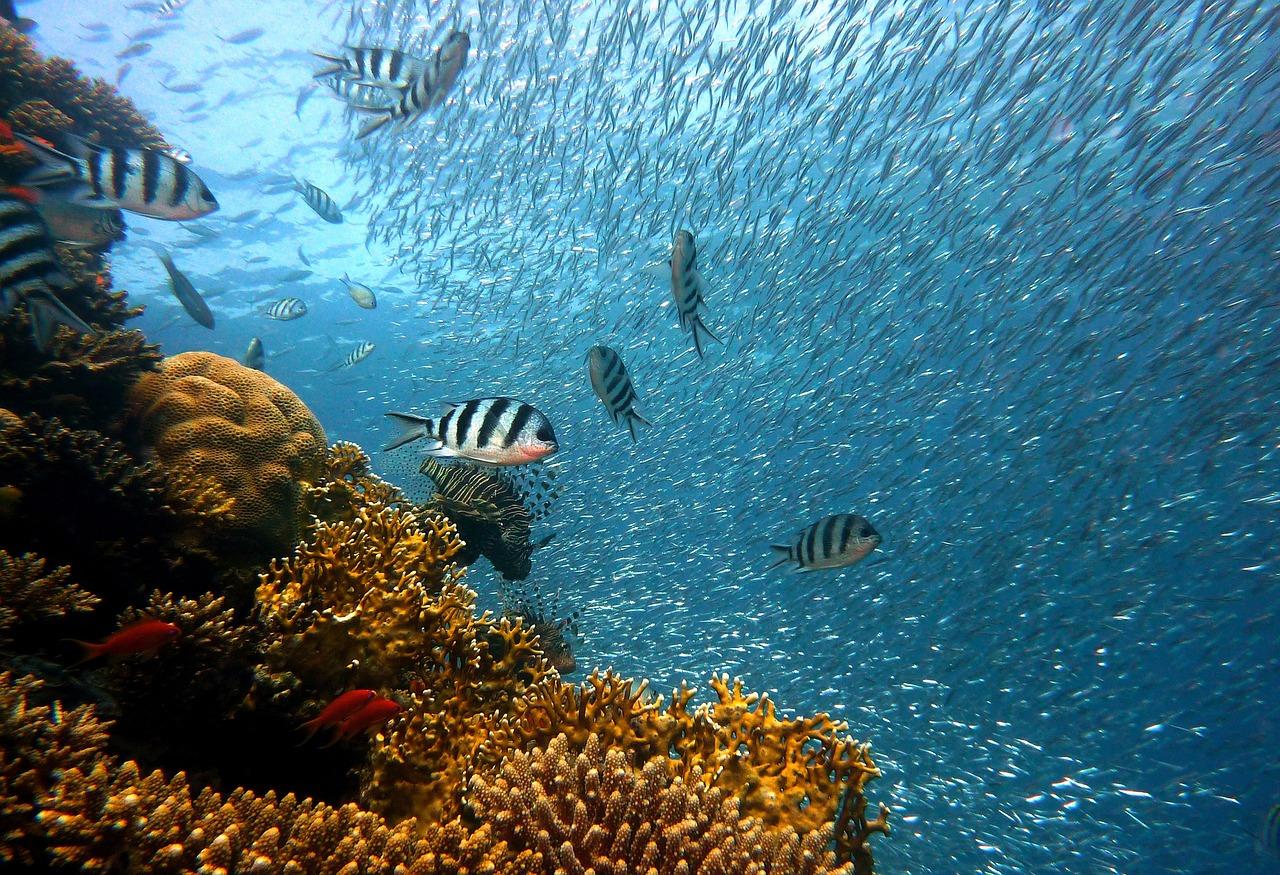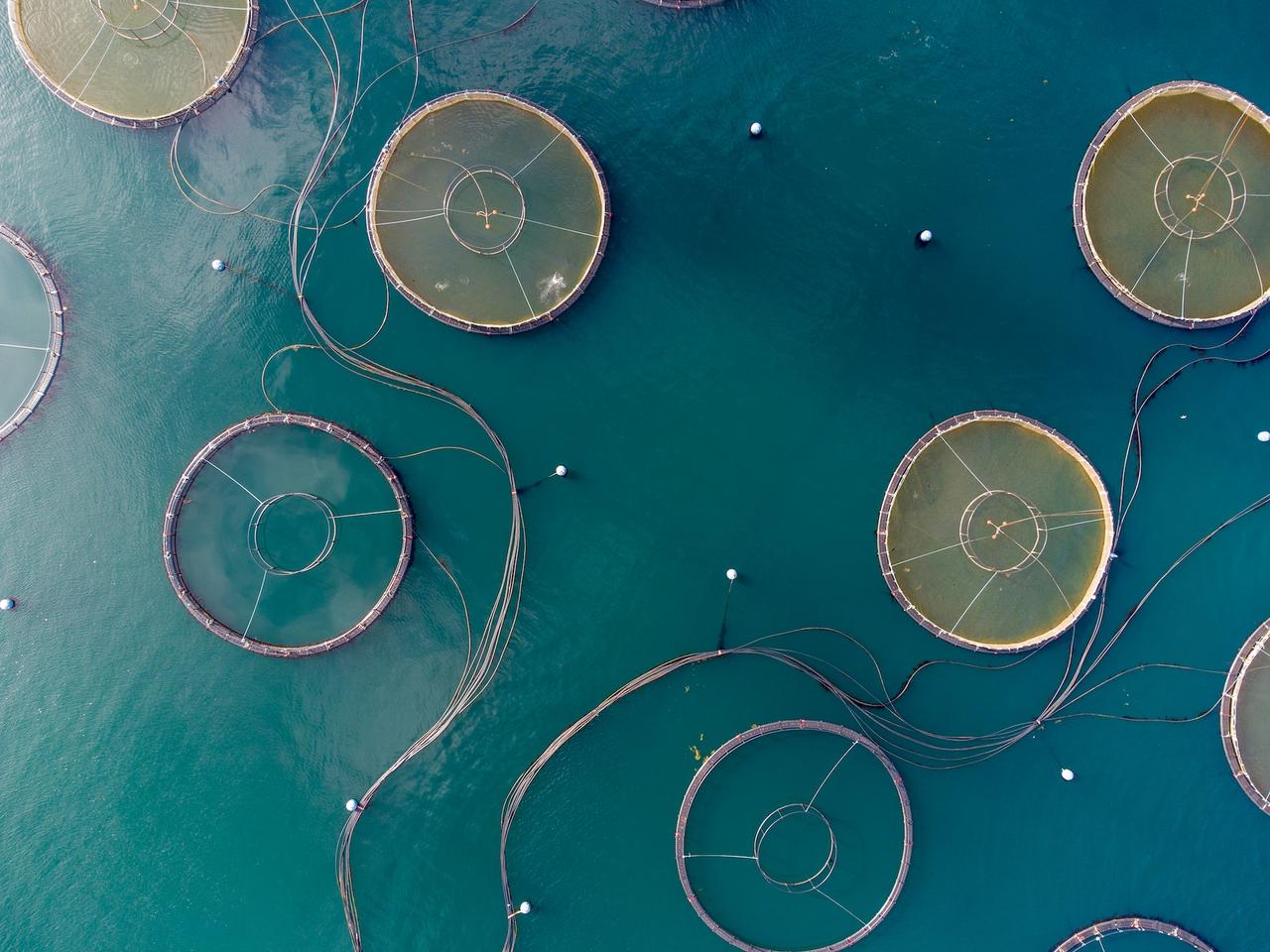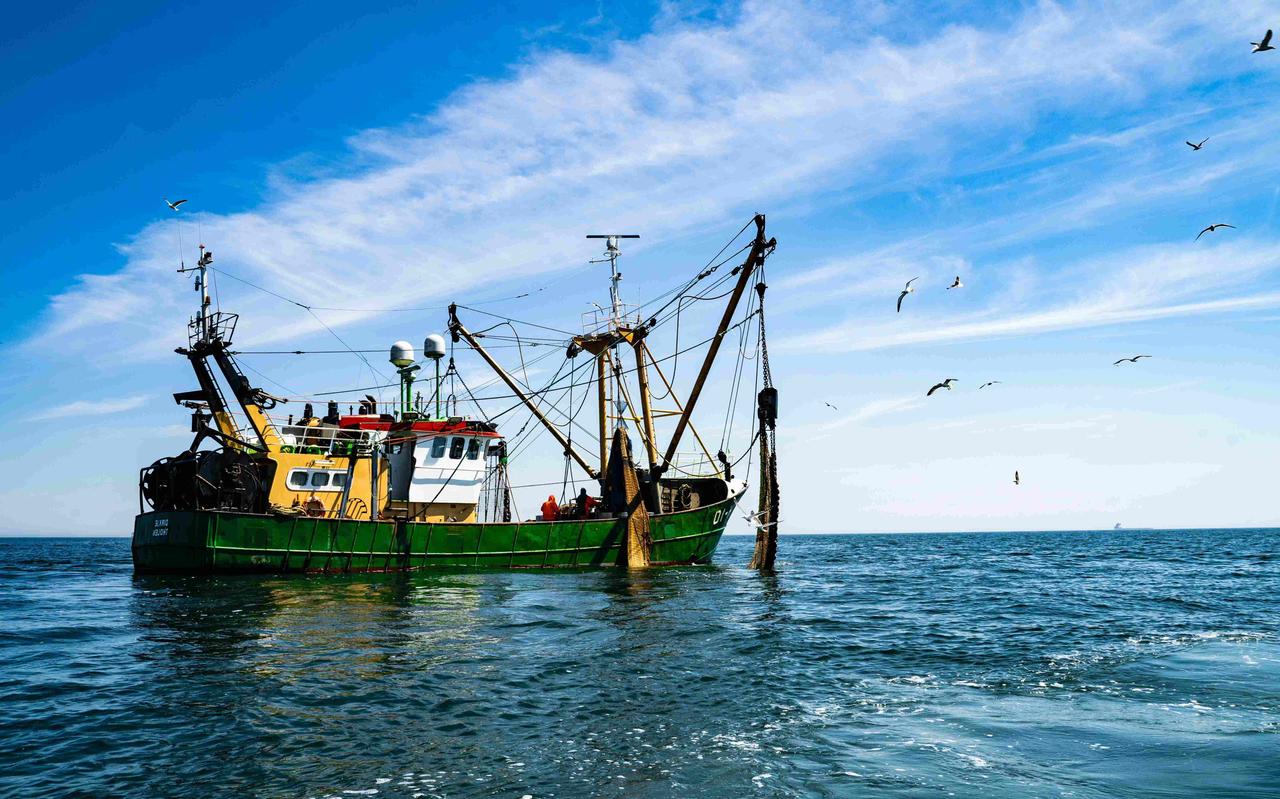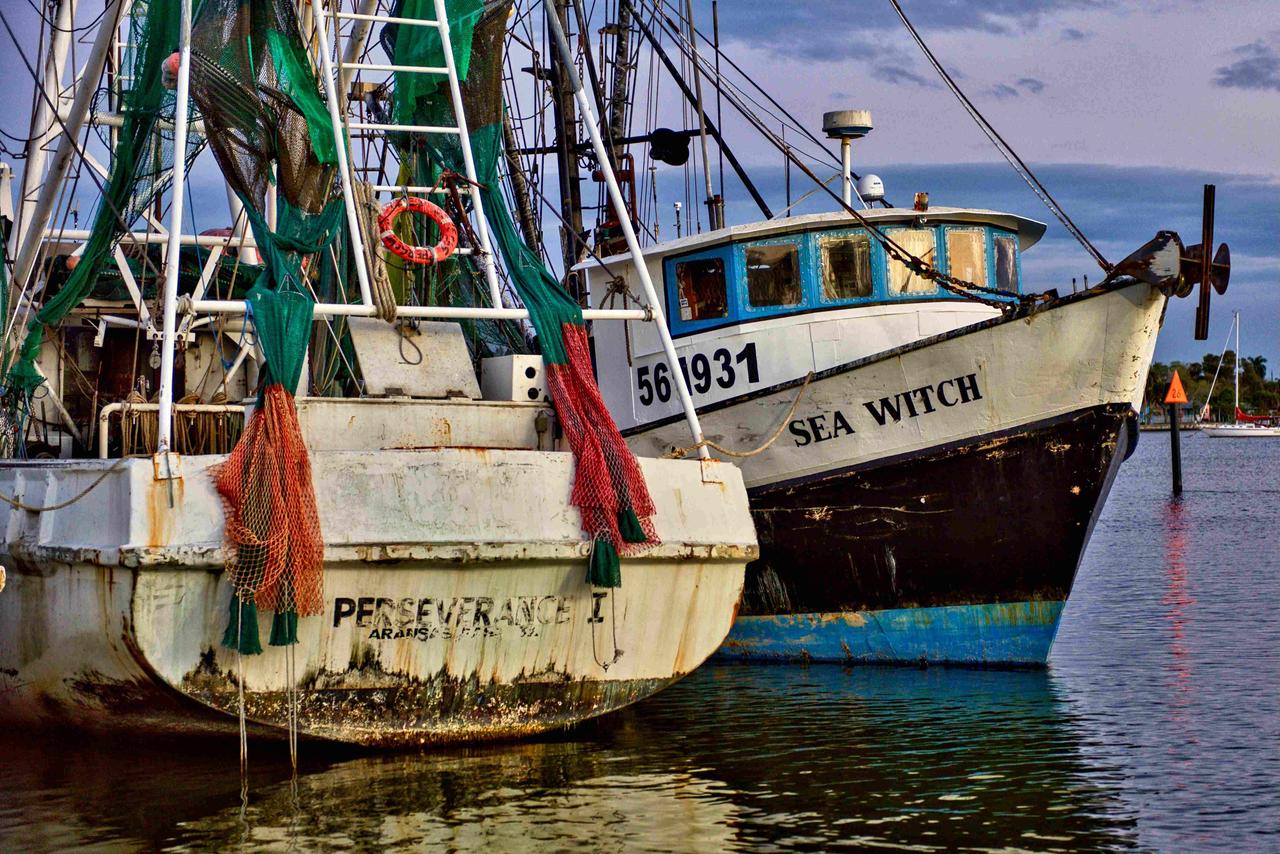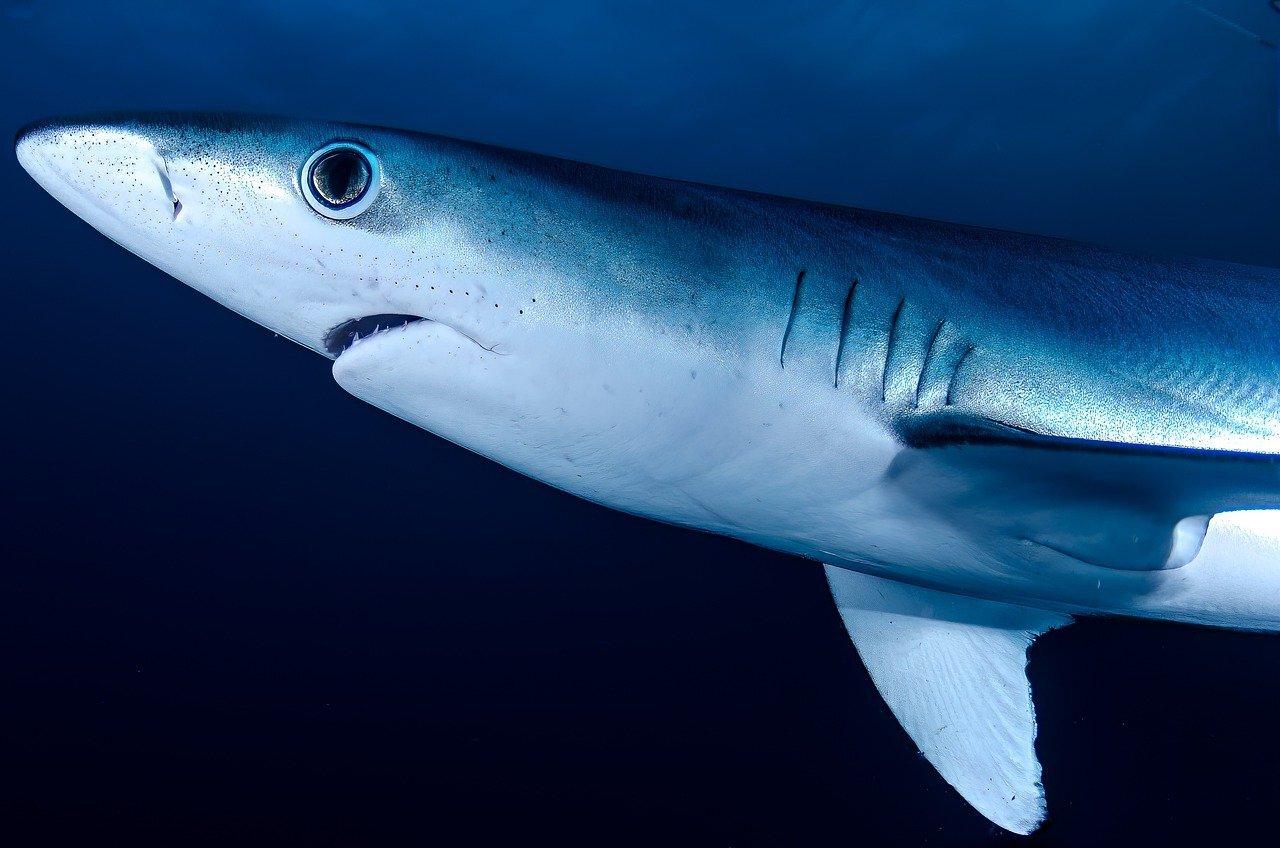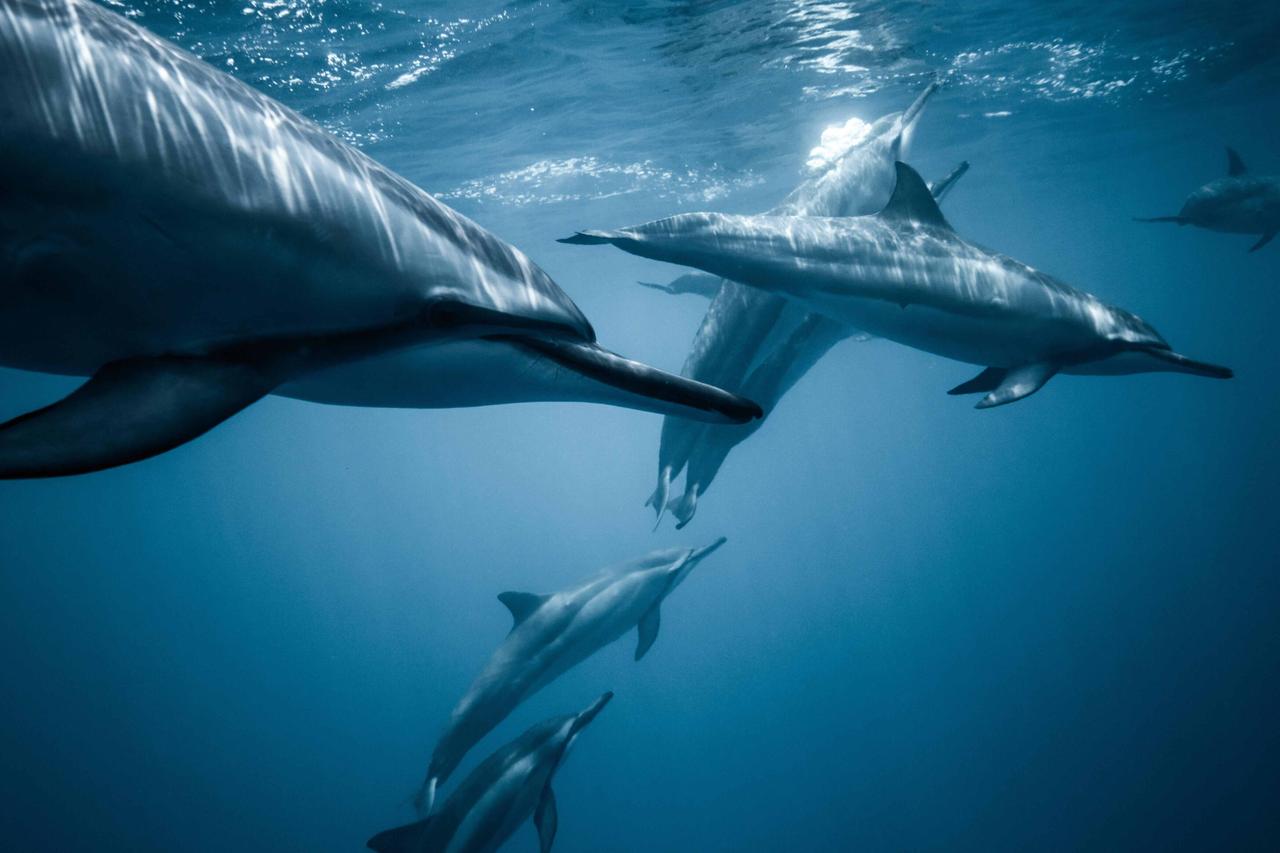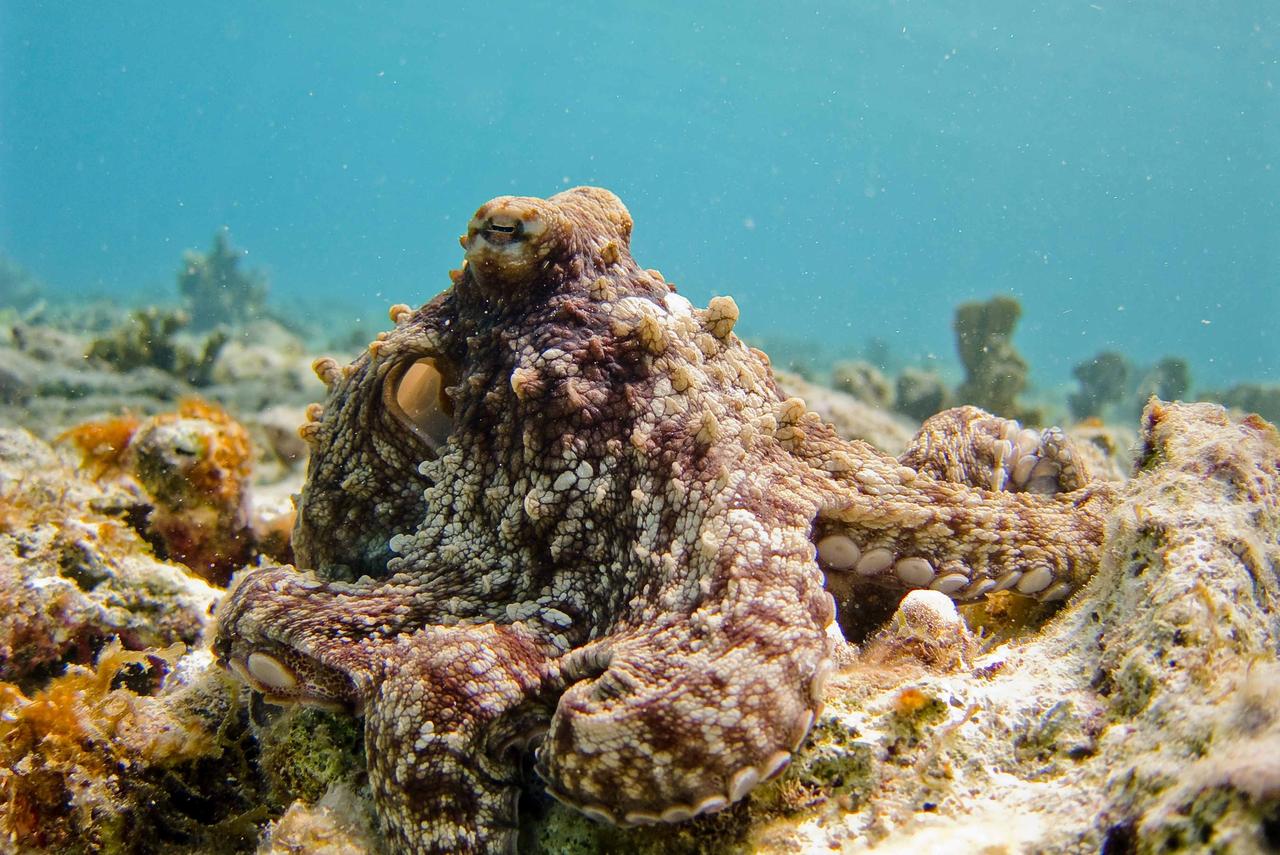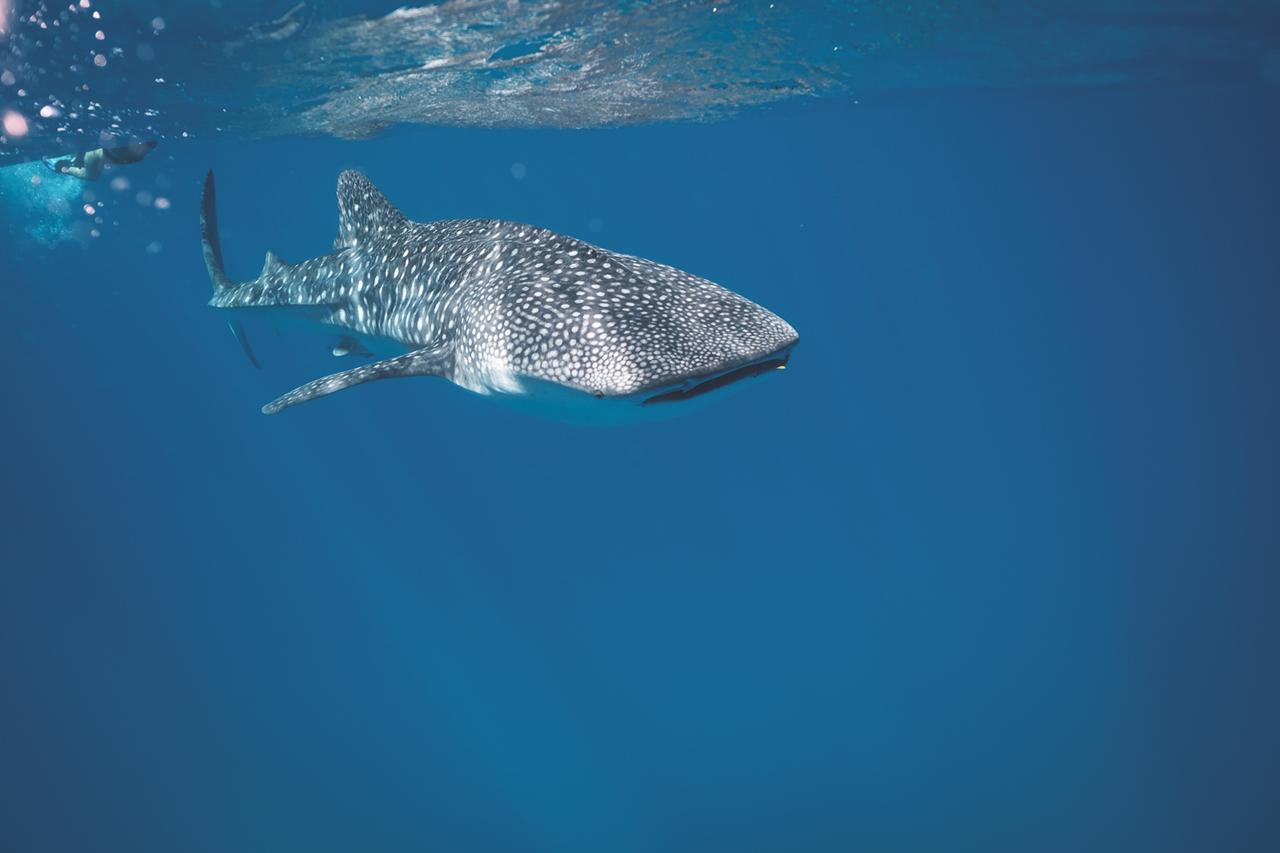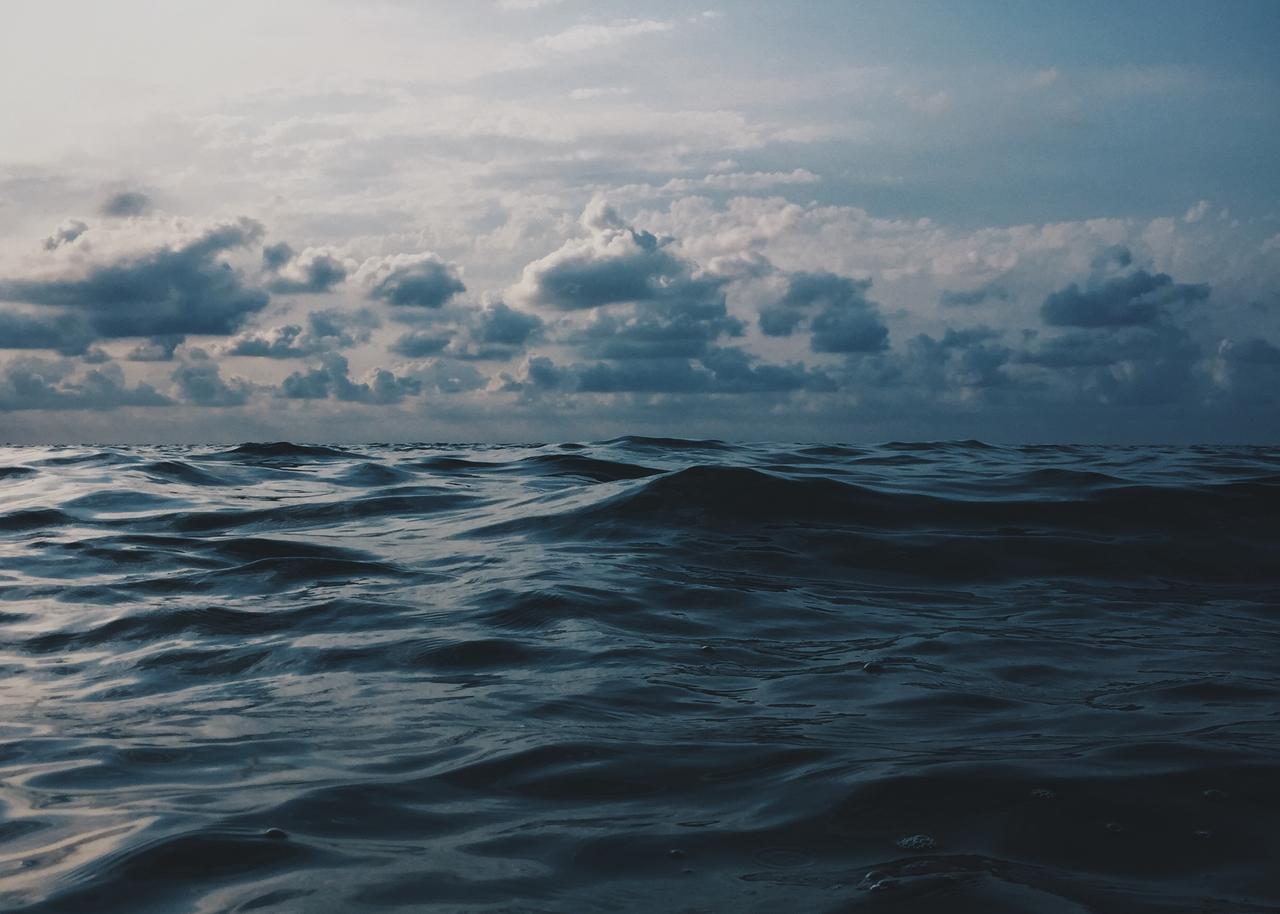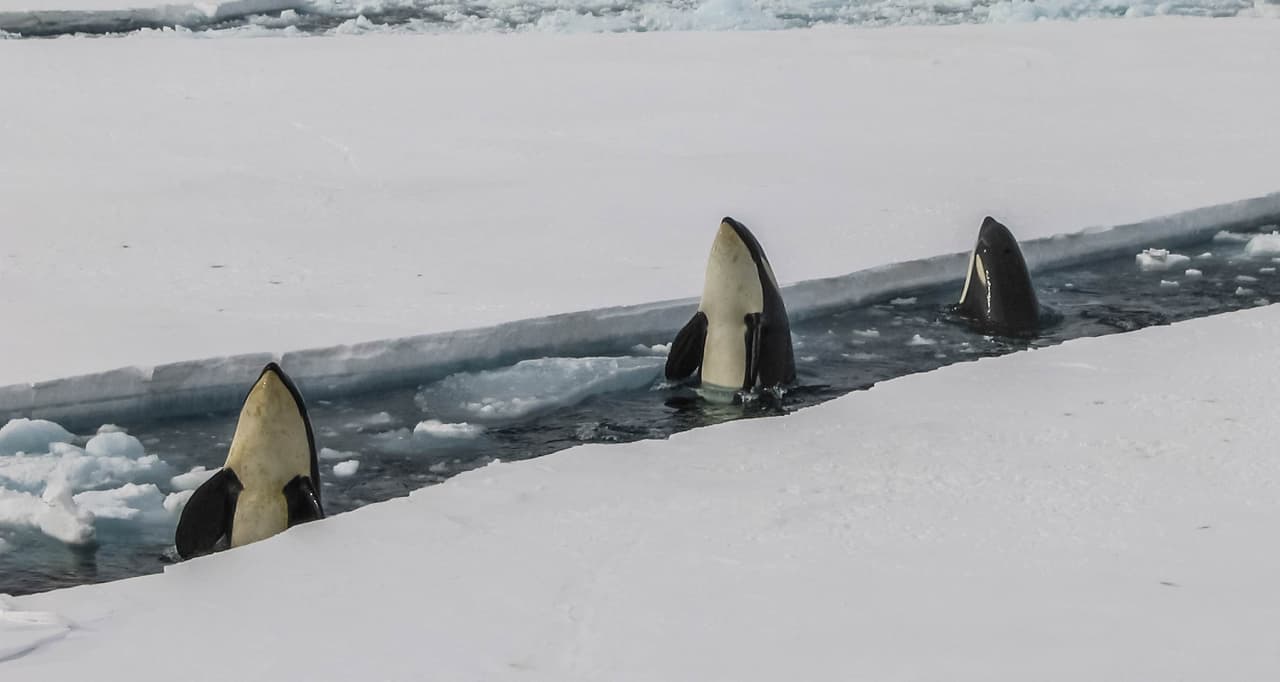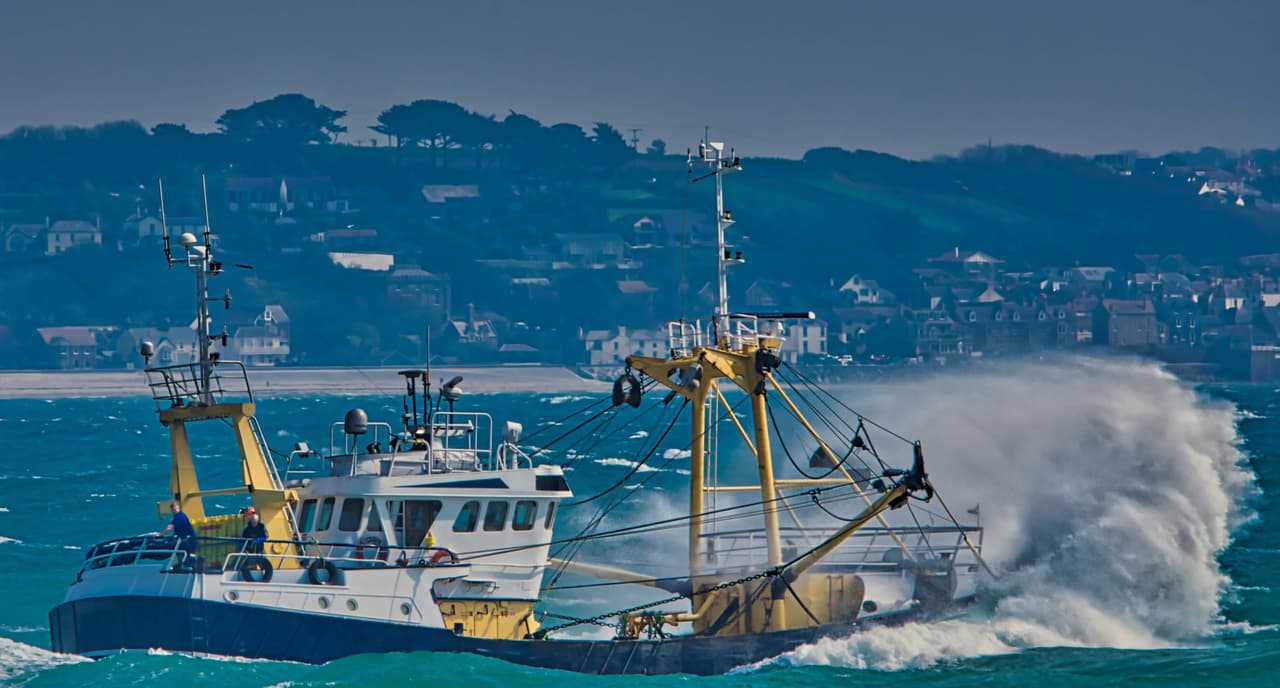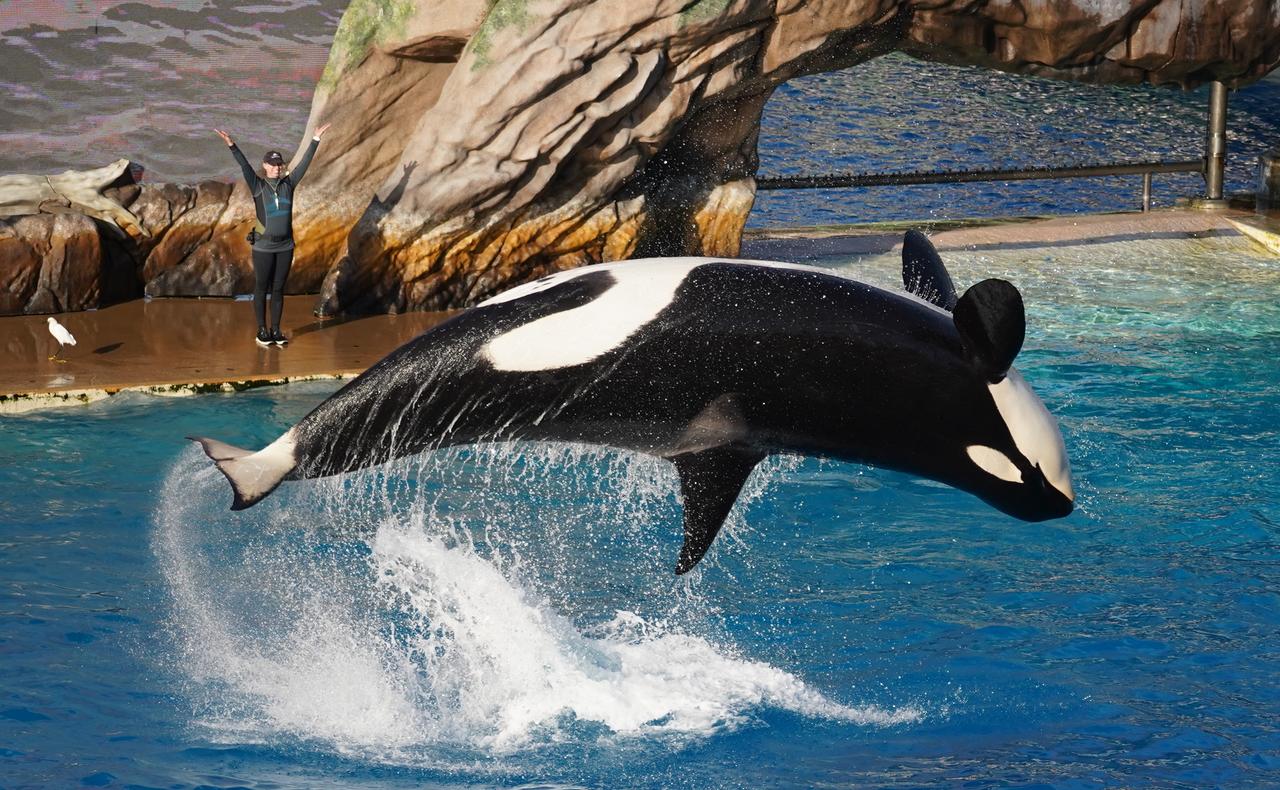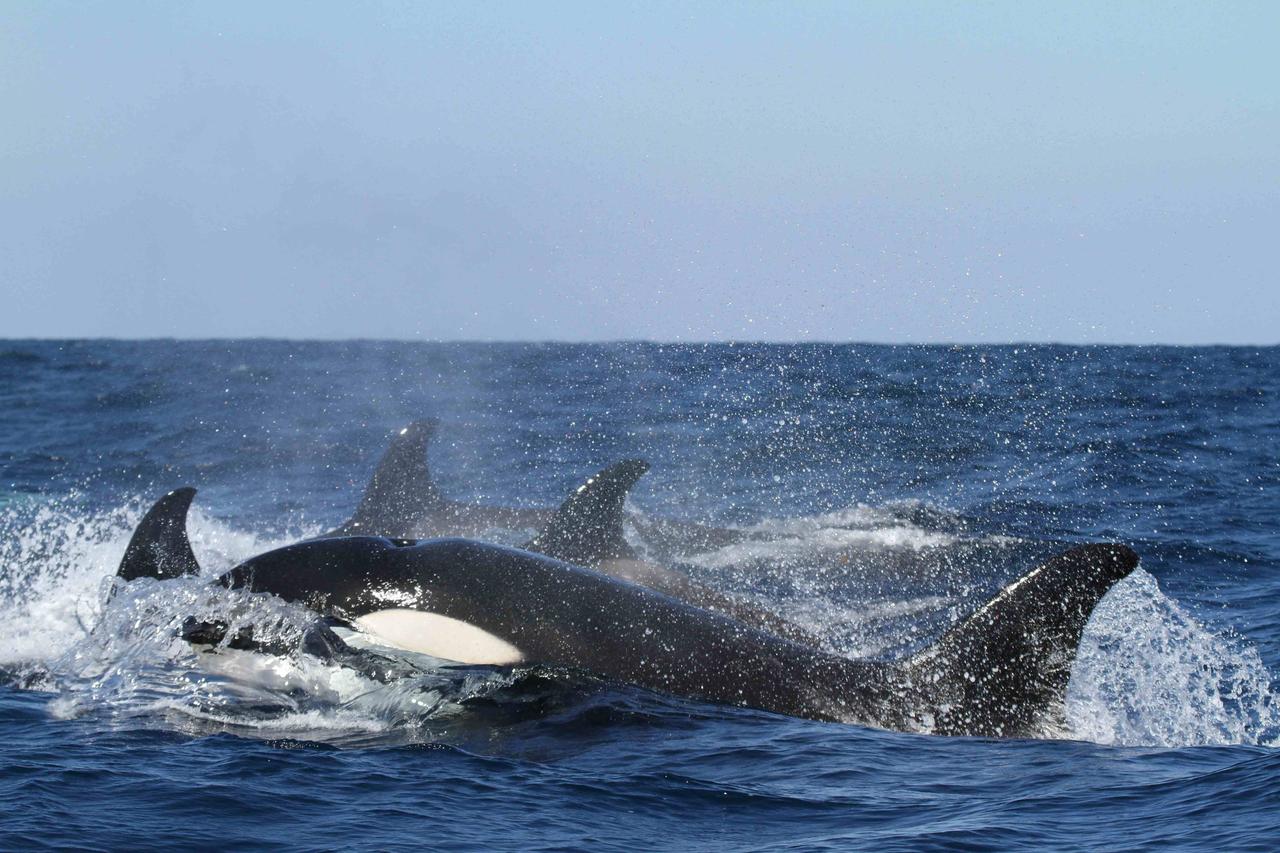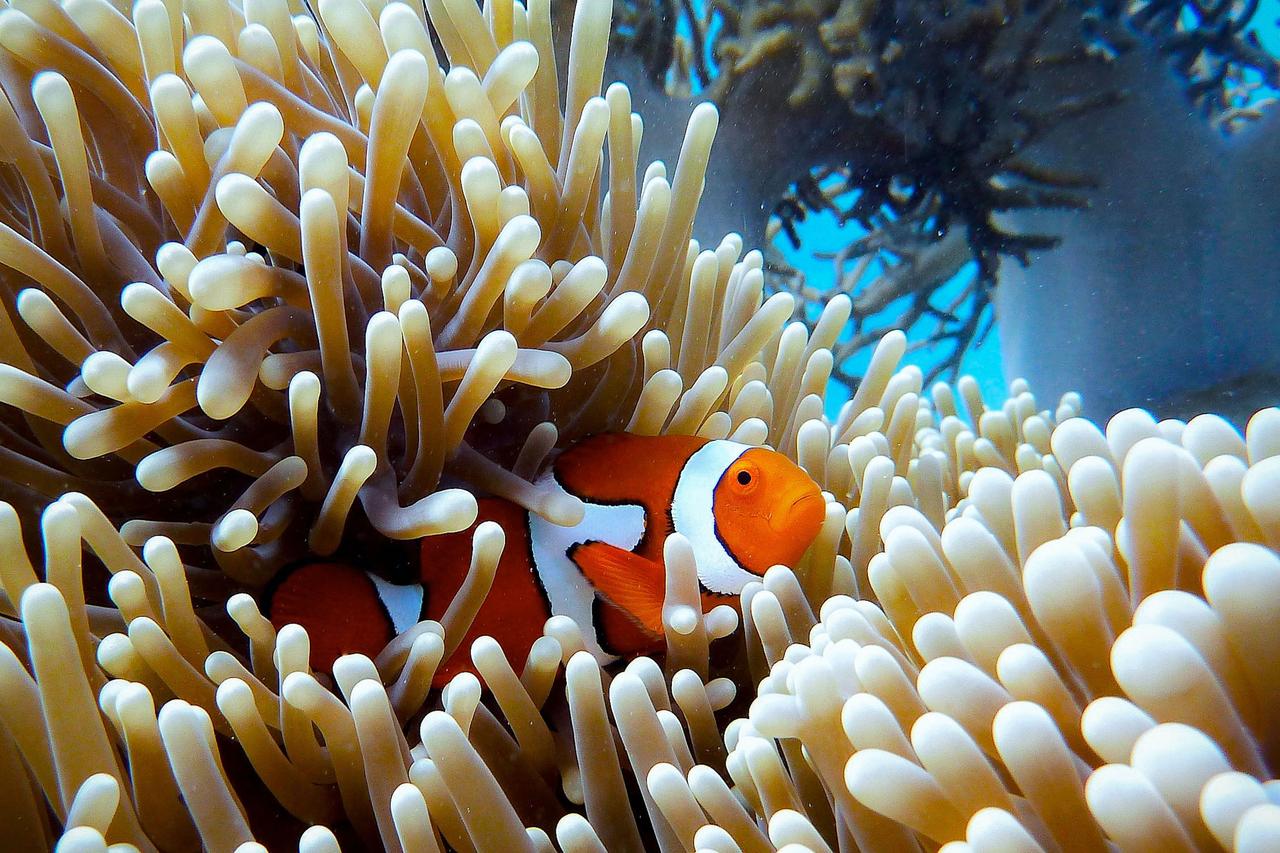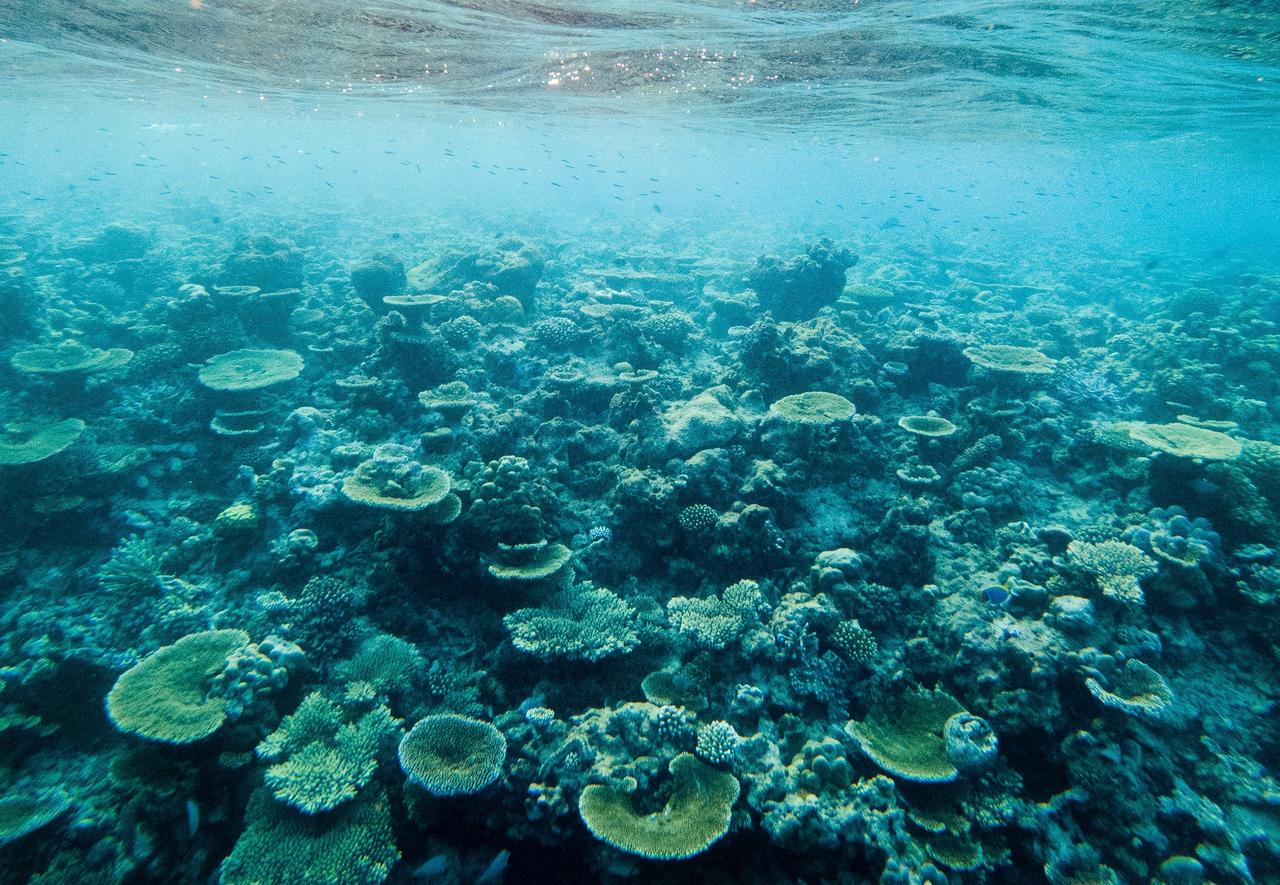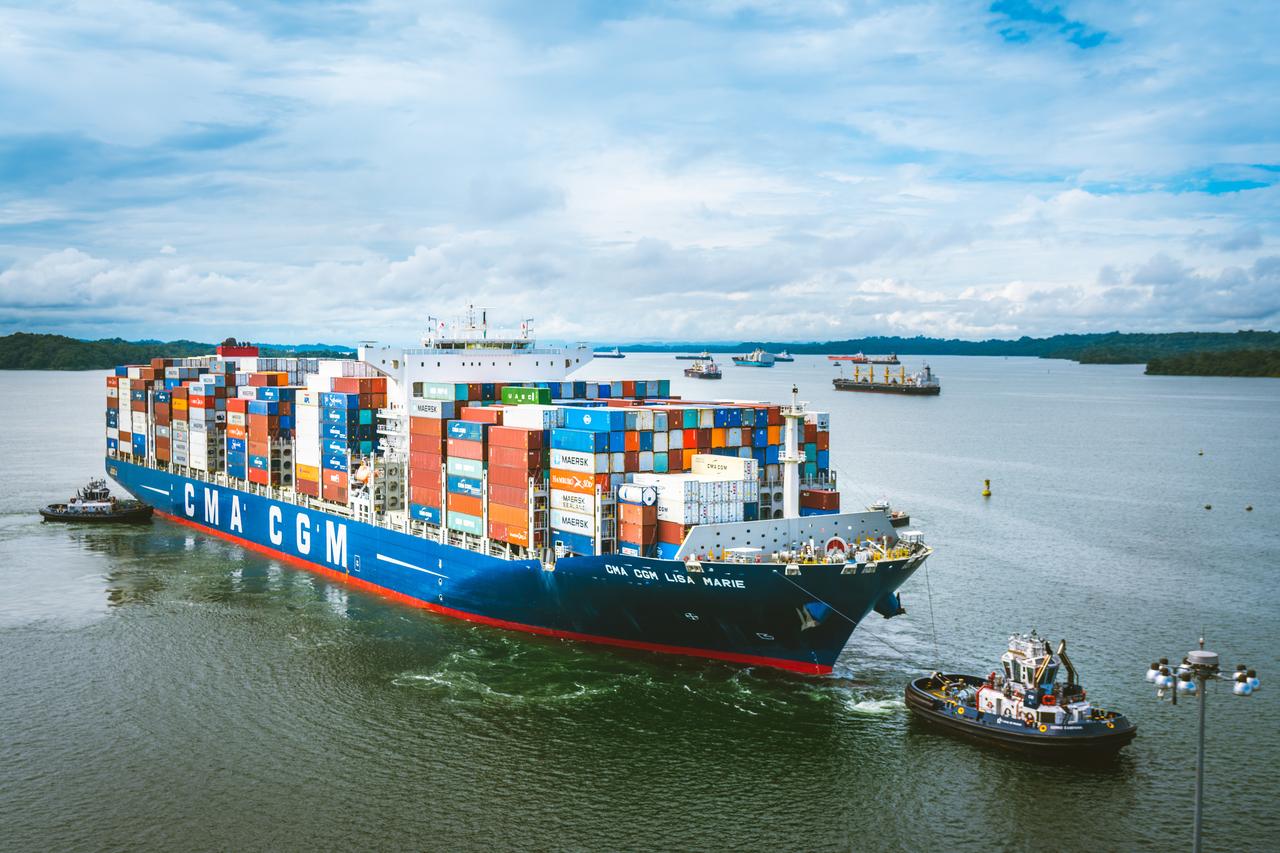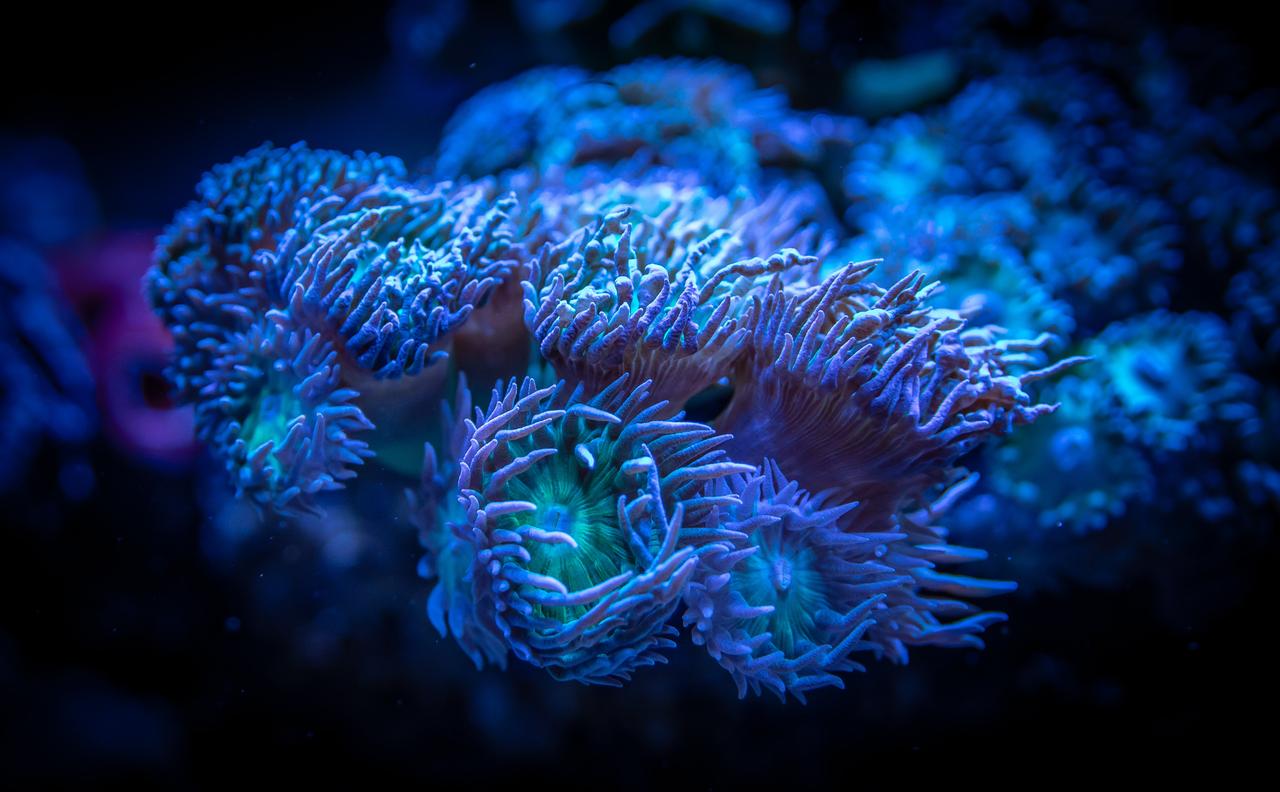
Reefs In Raja Ampat At Risk
Raja Ampat's remote location and low population have helped protect its reefs from overexploitation. However, increasing accessibility and interest in its rich natural resources are driving economic development, including tourism, fishing, mining, and logging. Alongside global climate change, these emerging local industries present growing threats to the reefs. While current impacts are limited, proactive management is crucial to prevent future damage, maintain reef resilience, and promote sustainable development in the region.
Rapid & unsustainable development

Raja Ampat is experiencing rapid and unsustainable development, mainly driven by tourism, which has caused pollution and physical damage to its fragile coral reefs. These impacts, combined with climate change, pose serious threats to the region’s unique marine life. While development brings economic opportunities and improved services for local communities, it also risks disrupting cultural traditions and weakening the relationship between people and their environment. Without committed, sustainable planning from all stakeholders, this unchecked growth could irreversibly harm both Raja Ampat’s ecosystems and its cultural heritage.
Overcrowding & reefs over carrying capacity
Increased tourism in Raja Ampat has led to severe overcrowding at popular dive sites like Manta Ridge, with more than 60 people and multiple manta rays observed at once in December 2023. This overcrowding exceeds the reefs' ecological carrying capacity, causing physical damage, sediment disruption, and stress to marine life such as manta rays and turtles. In response, a booking system has been introduced to manage visitor numbers, mirroring the approach used at Manta Sandy. Without effective visitor management and more responsible tourism, Raja Ampat risks losing its reputation as a pristine marine paradise, as ecological degradation continues to worsen.
Rubbish & plastic pollution

Rapid and unsustainable development in parts of Raja Ampat has caused a sharp rise in waste, particularly plastic, which seriously threatens coral reef health. With inadequate waste management systems, much of the rubbish from tourism and local communities ends up in the ocean, harming marine life and ecosystems. Plastics can smother corals, block sunlight, and release toxins, while animals face entanglement or ingest microplastics. The lack of infrastructure and awareness to manage waste effectively puts Raja Ampat’s fragile ecosystems—and the livelihoods and tourism they support—at growing risk.
Sediment, chemical and nutrient pollution
Coastal development and increased boat activity in Raja Ampat have led to more sediment, sewage, and nutrient runoff entering the ocean. This pollution can smother coral reefs and cause eutrophication, where excess nutrients fuel harmful algal blooms that deplete oxygen and endanger marine life. Runoff from urban and coastal areas now poses a serious threat to the health of Raja Ampat’s reefs.
Substrate stabilisation and the avalance phenomenon

Despite much of Raja Ampat remaining pristine, areas of degraded reef caused by destructive fishing practices in the past still exist and have not naturally recovered. These damaged reefs not only struggle to regenerate but also threaten nearby healthy reefs. In response, The SEA People, in collaboration with local communities, are restoring these areas using substrate stabilization techniques, allowing coral to settle and grow, helping to rebuild vibrant reef ecosystems.
Coral degradation from physical damage

Raja Ampat’s complex currents and lack of mooring infrastructure often force boats to anchor on coral reefs, causing severe and sometimes irreversible damage. This issue is worsened by inadequate mapping and careless practices. Increased tourism also harms shallow reefs through trampling, poor diving behavior, and lack of visitor education. To combat these threats, solutions include expanding mooring systems, improving navigational maps, and increasing environmental awareness. The SEA People are actively working on implementing mooring networks within Raja Ampat’s Marine Protected Areas.
Crown-of-Thorns Starfish

Crown-of-Thorns starfish (COTs) can devastate coral reefs when their populations surge due to pollution, warming, or reduced predator numbers. Some reefs in Raja Ampat’s Marine Parks have experienced outbreak-level infestations. Managing these outbreaks is challenging and requires collaborative efforts. To address this, The SEA People have launched a participative citizen science initiative, inviting individuals and organizations to help monitor and control COTs populations.
Climate change
Climate change poses a serious threat to coral reefs through rising sea temperatures and ocean acidification, which lead to bleaching and weakened coral structures. While Raja Ampat's reefs have shown resilience so far, the region's rich biodiversity remains at risk. The SEA People address these challenges through coral restoration, community involvement, and sustainable tourism. However, global action and greater awareness are essential, as even distant choices affect coral ecosystems. Ironically, the communities most impacted by climate change, like those in Raja Ampat, are often the least responsible for it.
How can you help? Donate now!
Support this great non-profit and donate now. 100% of your donation will go to the The SEA People and help protect and restore corals in Raja Ampat.













